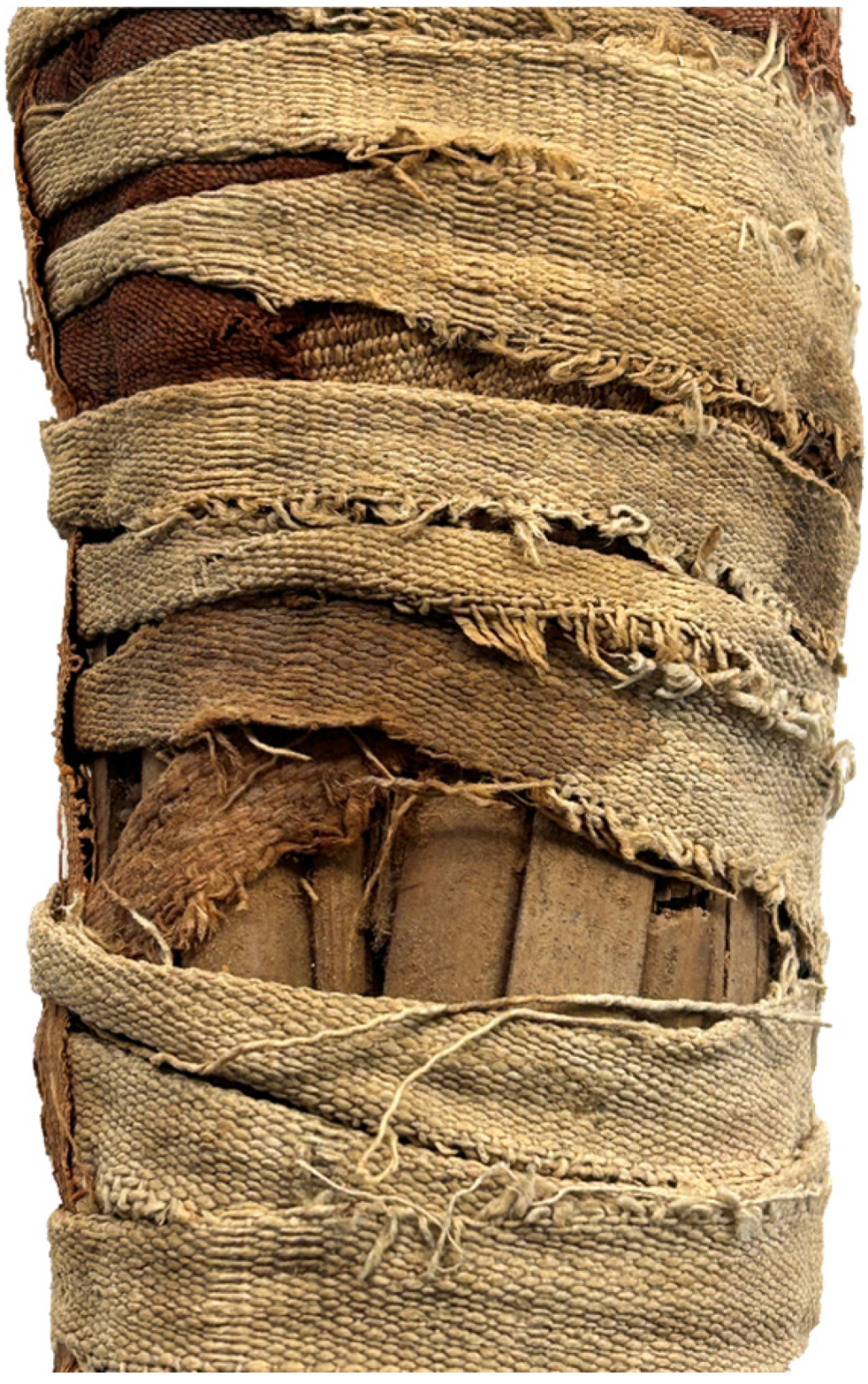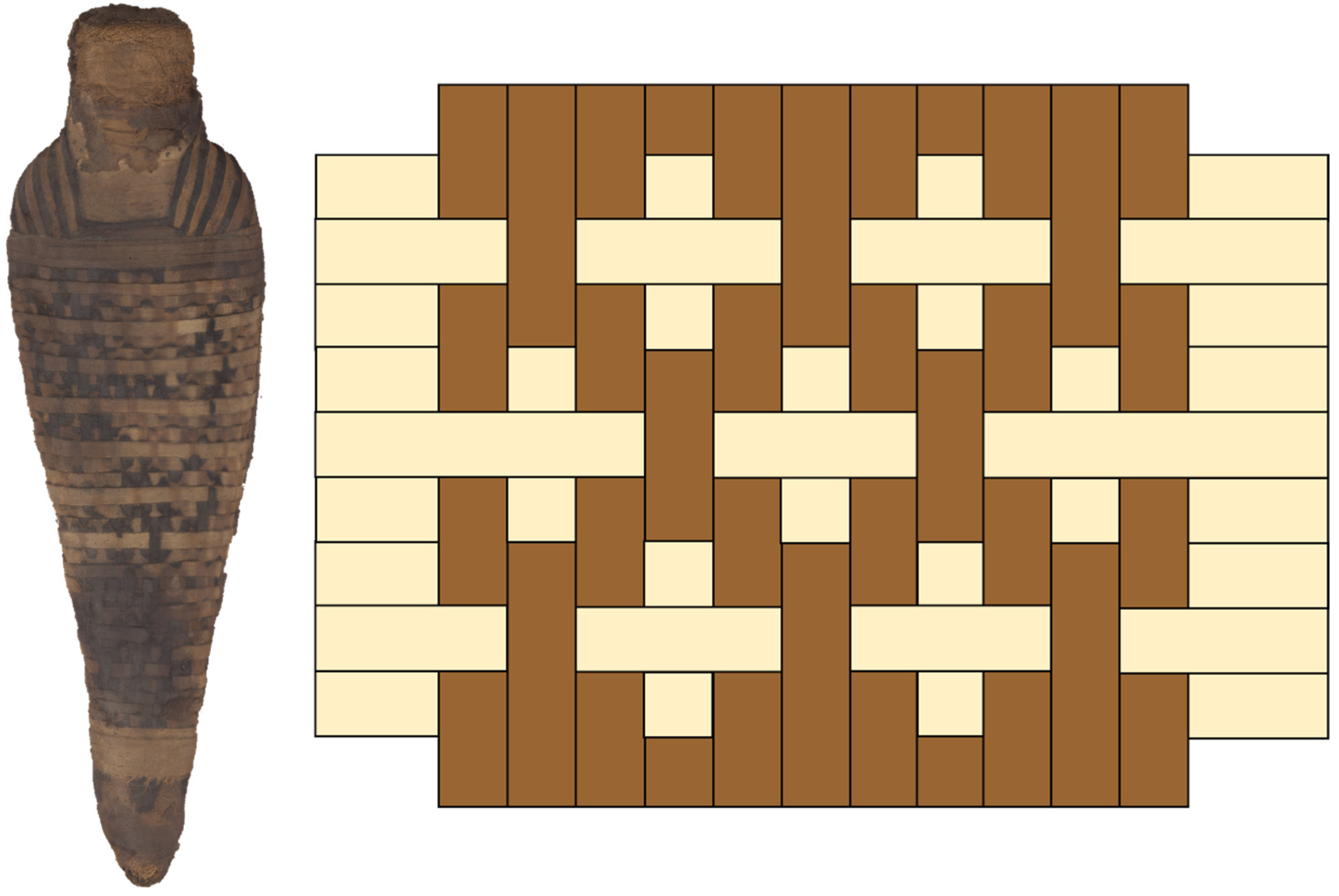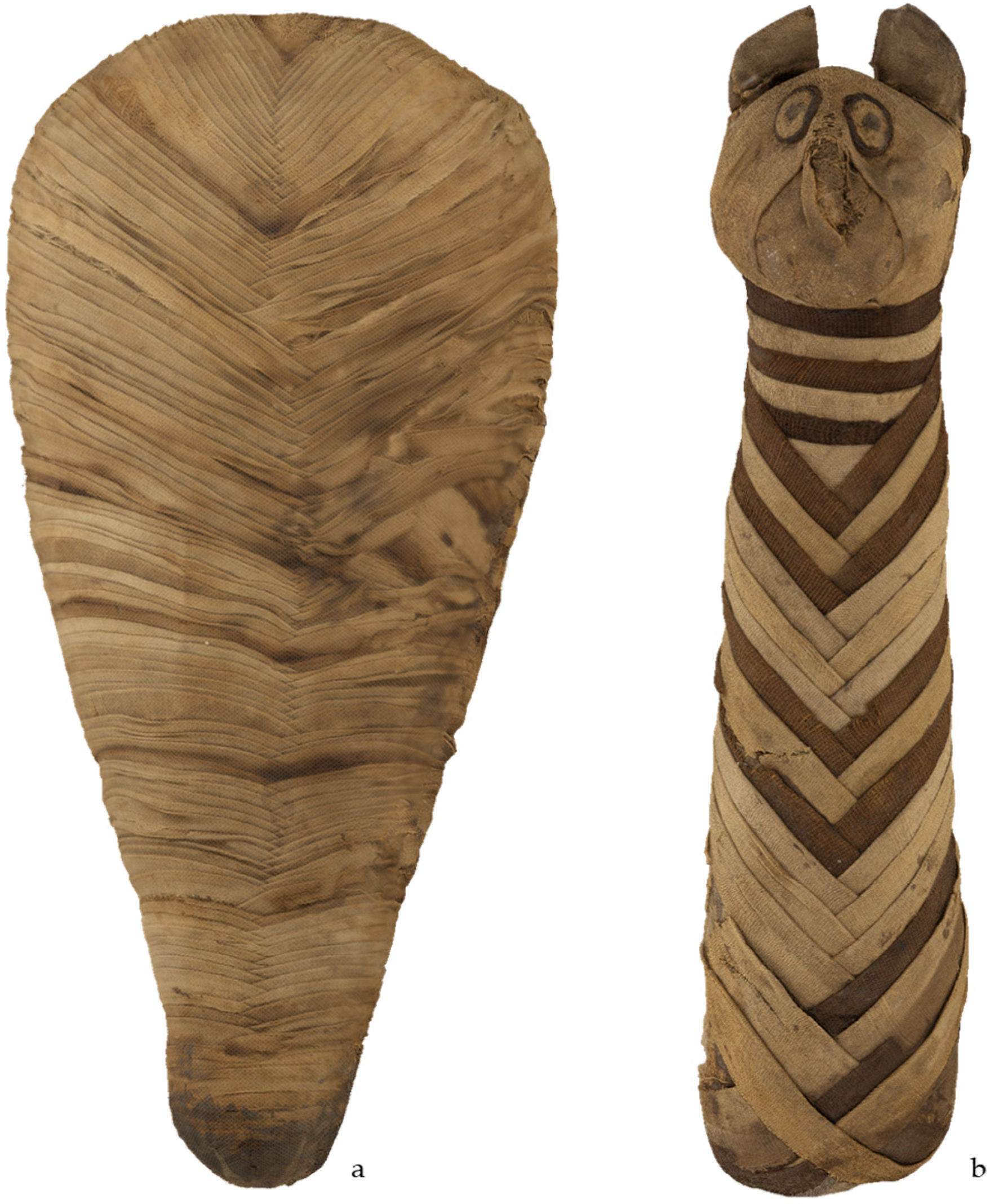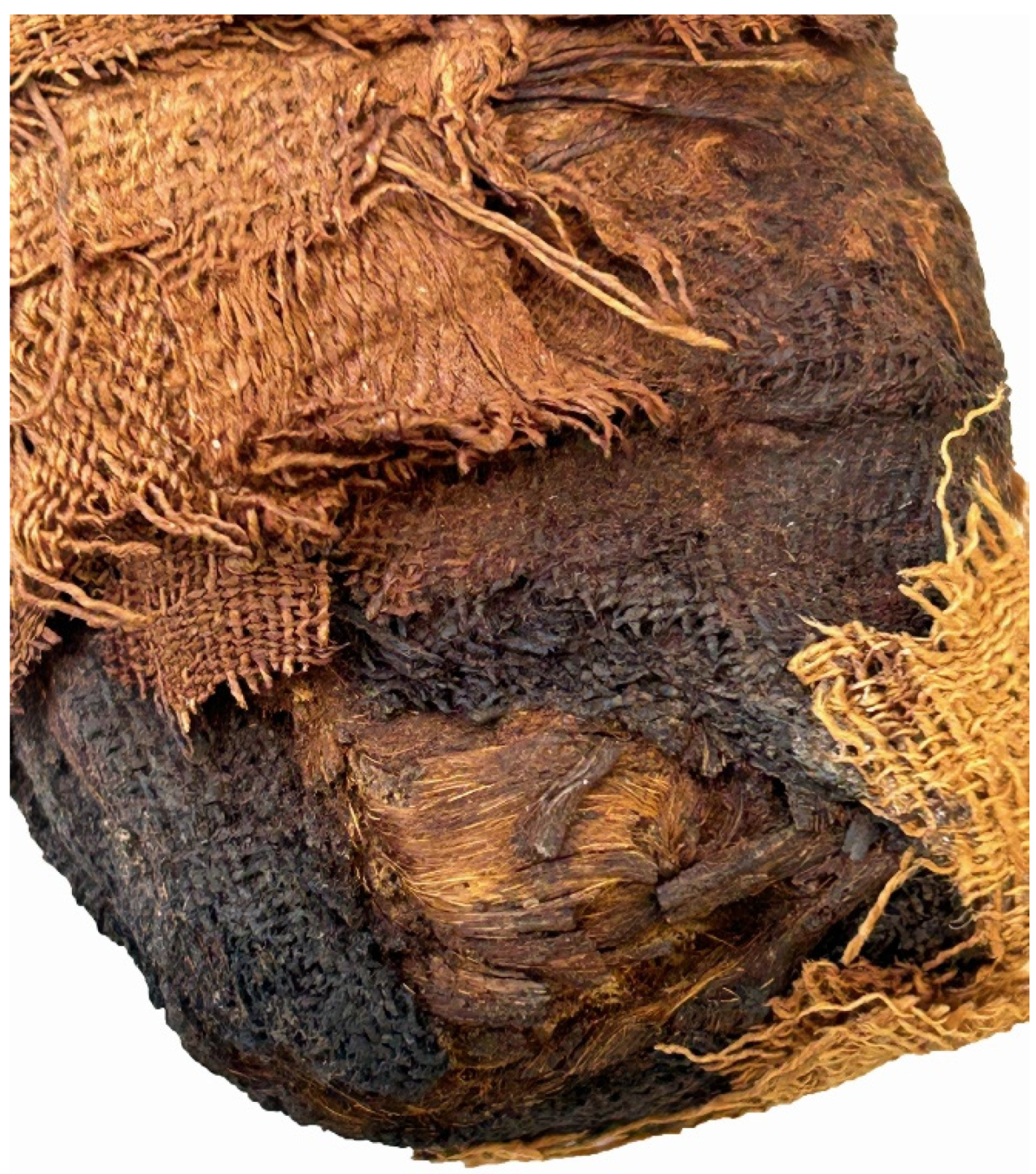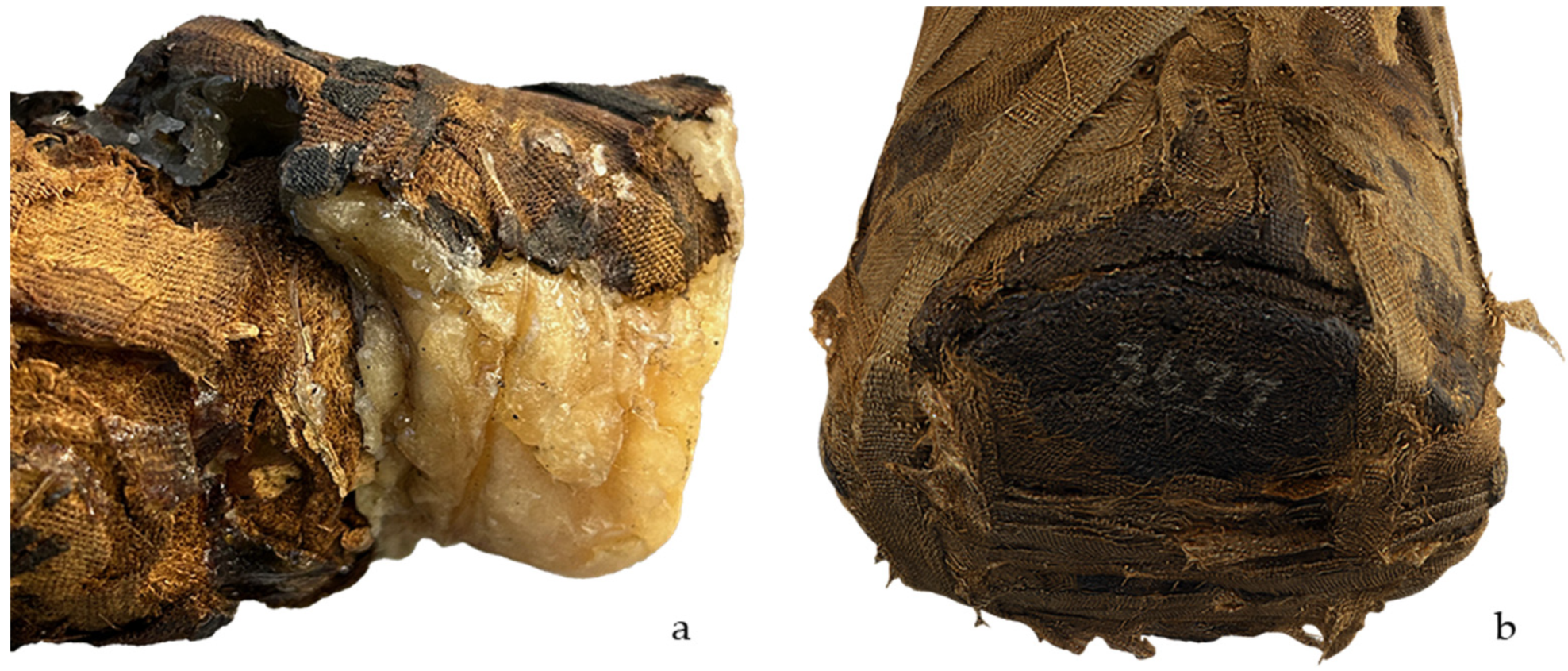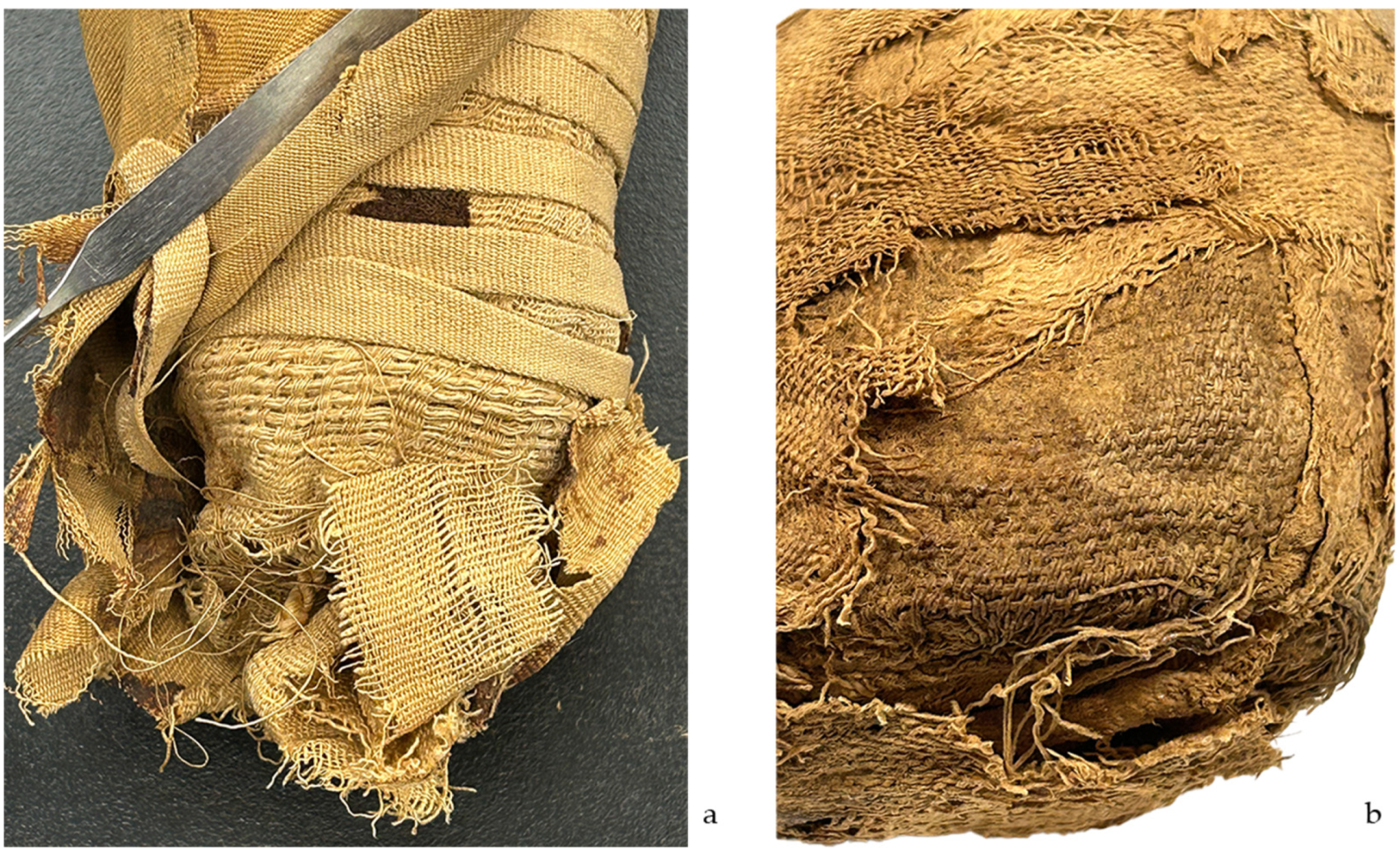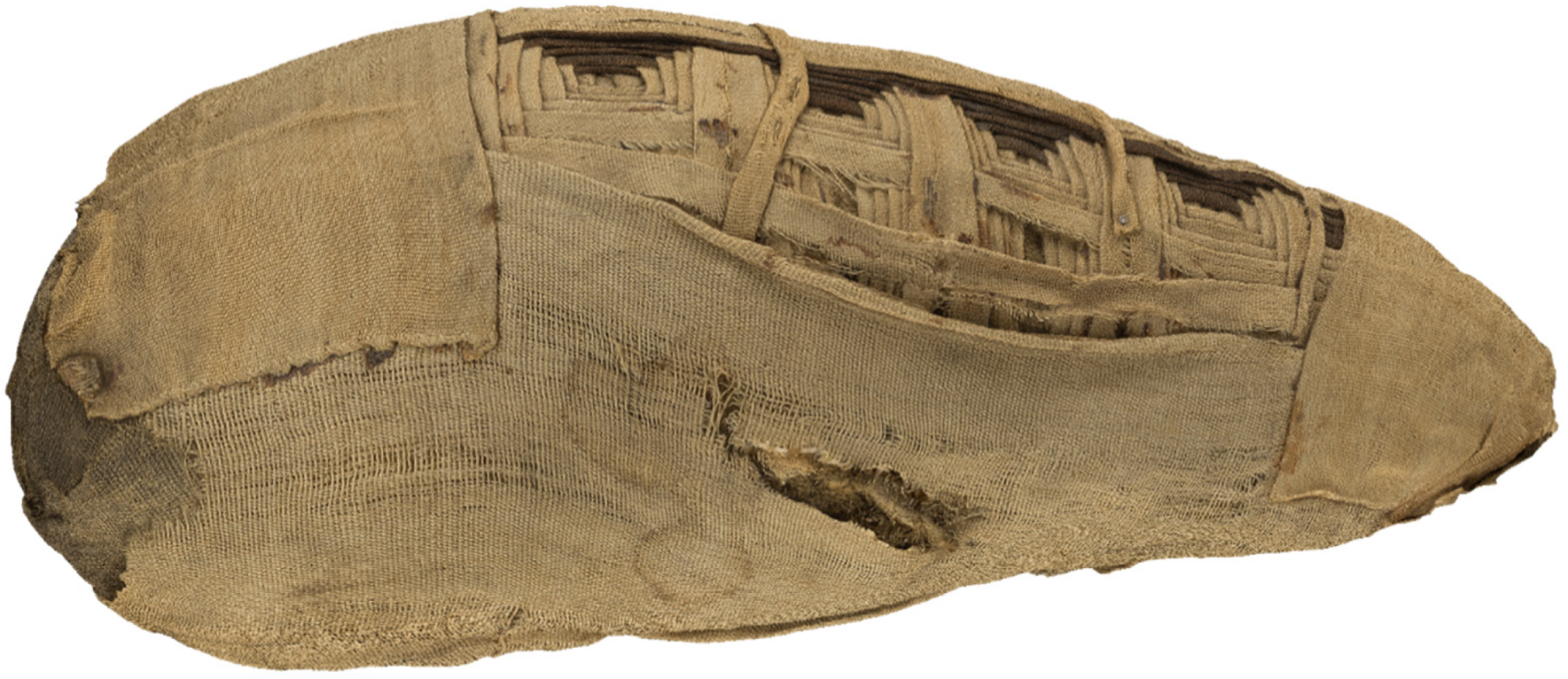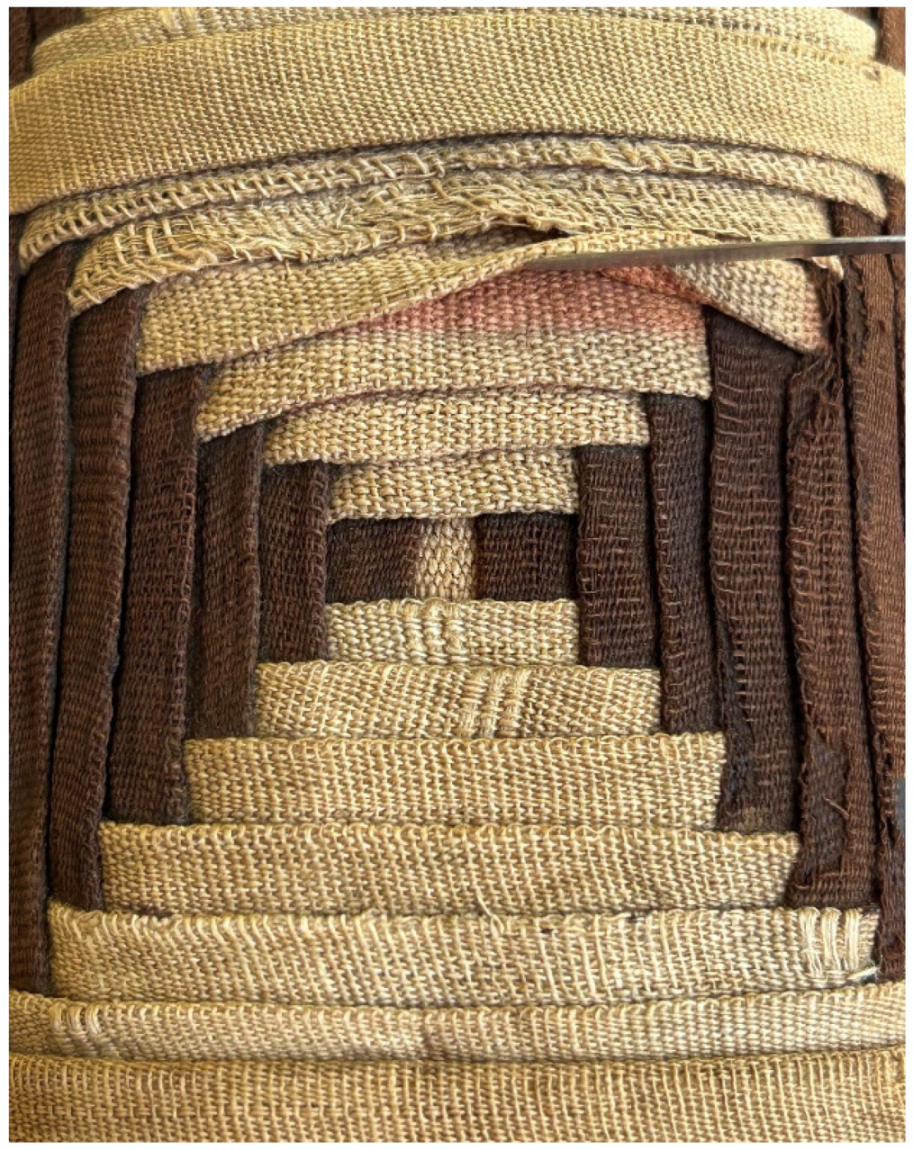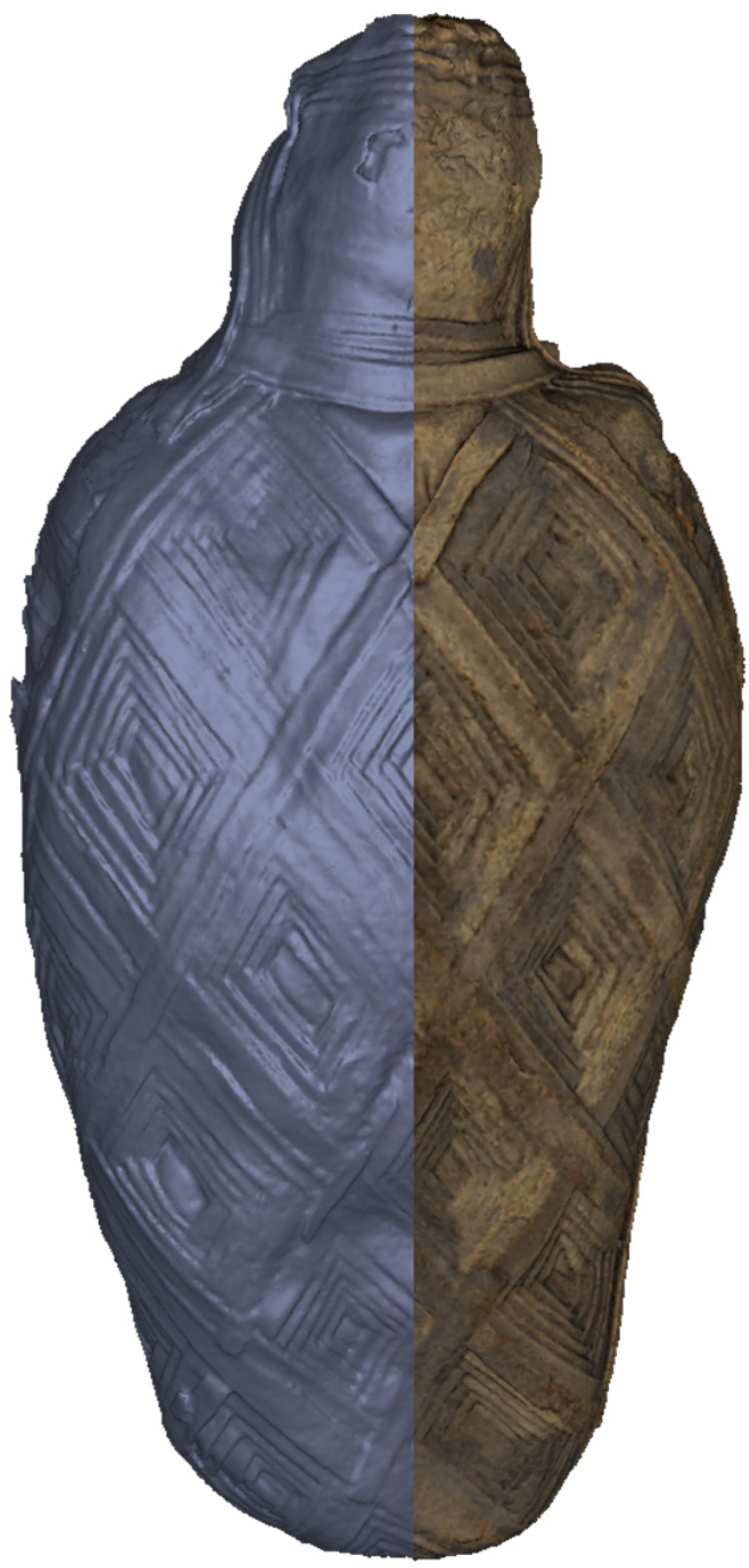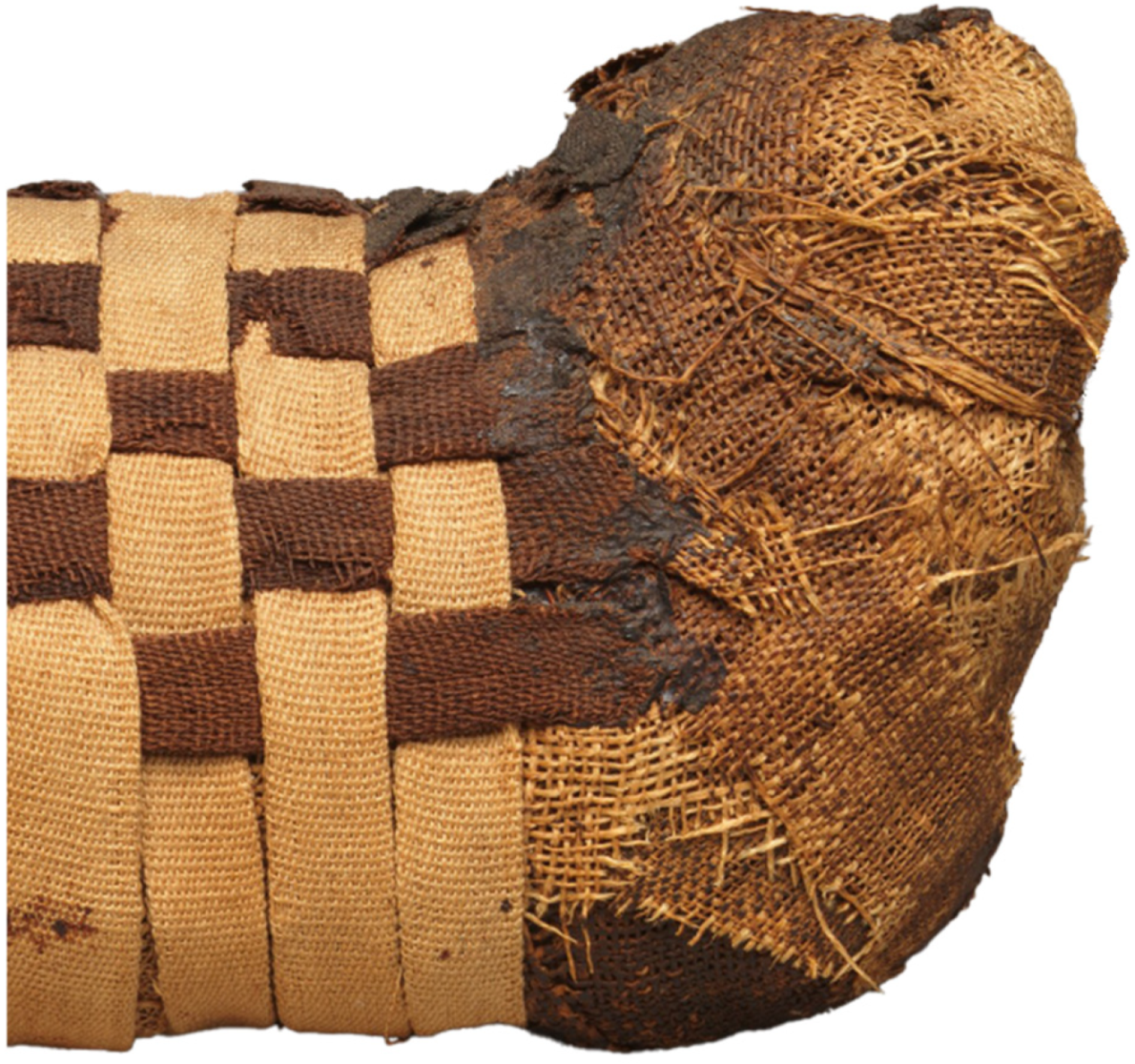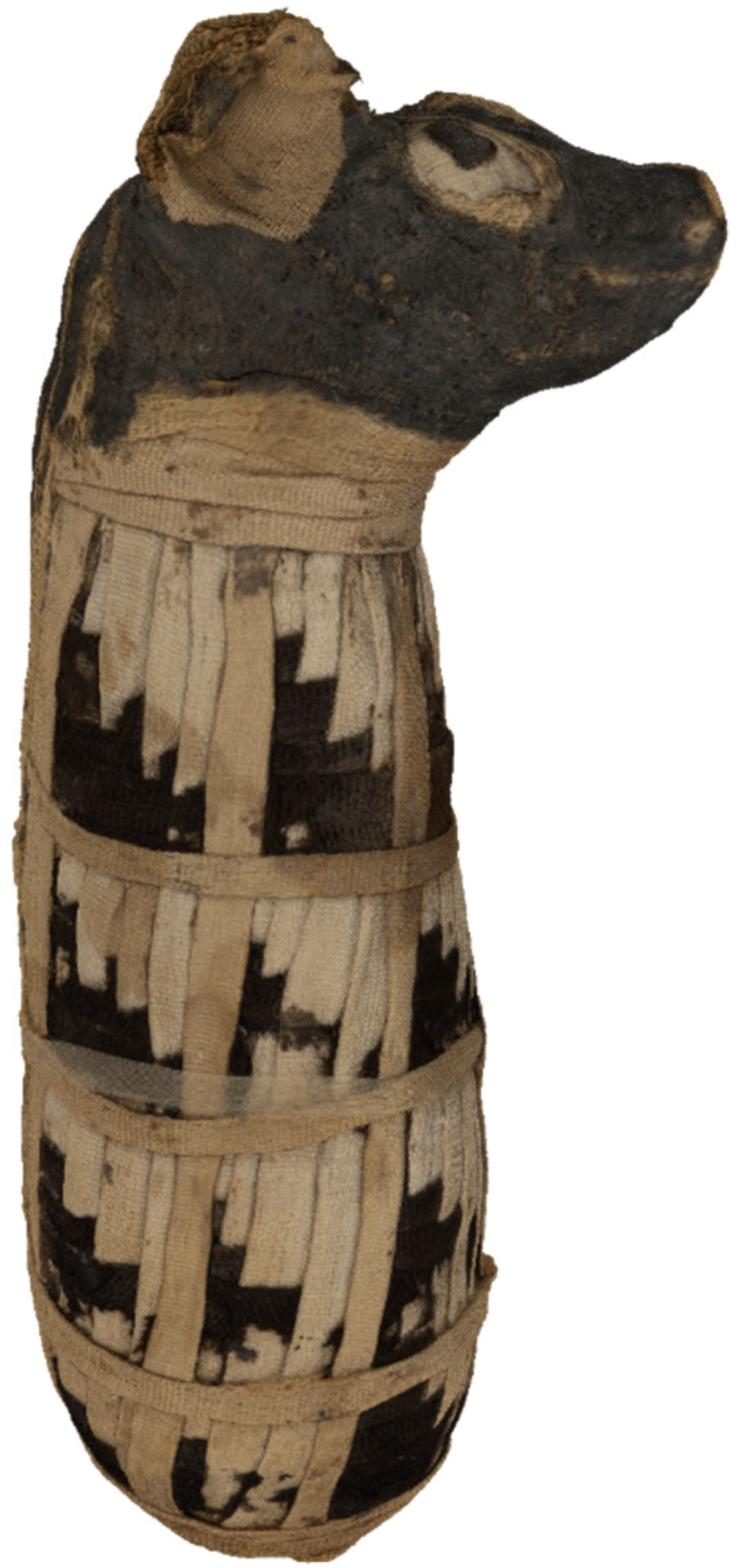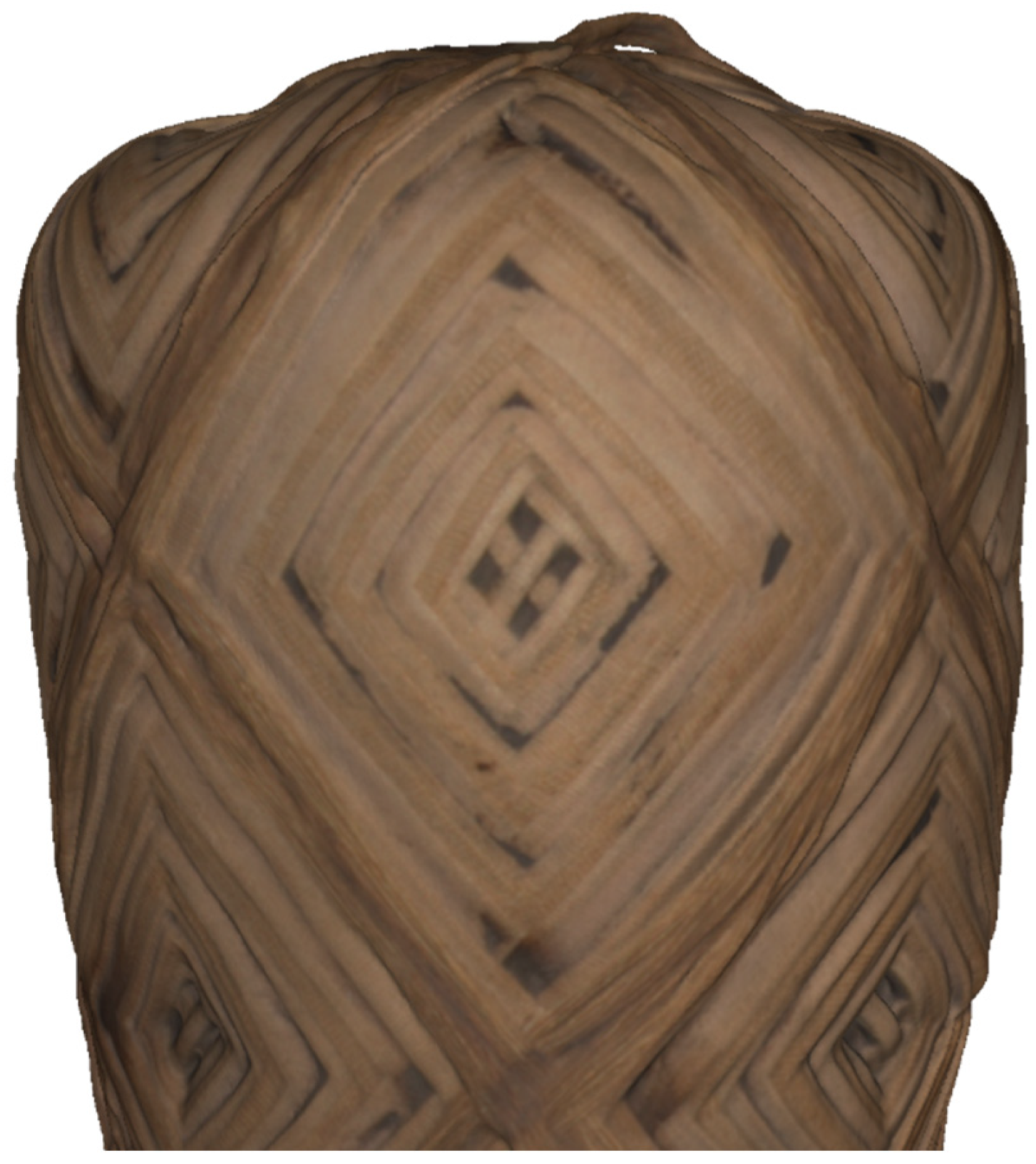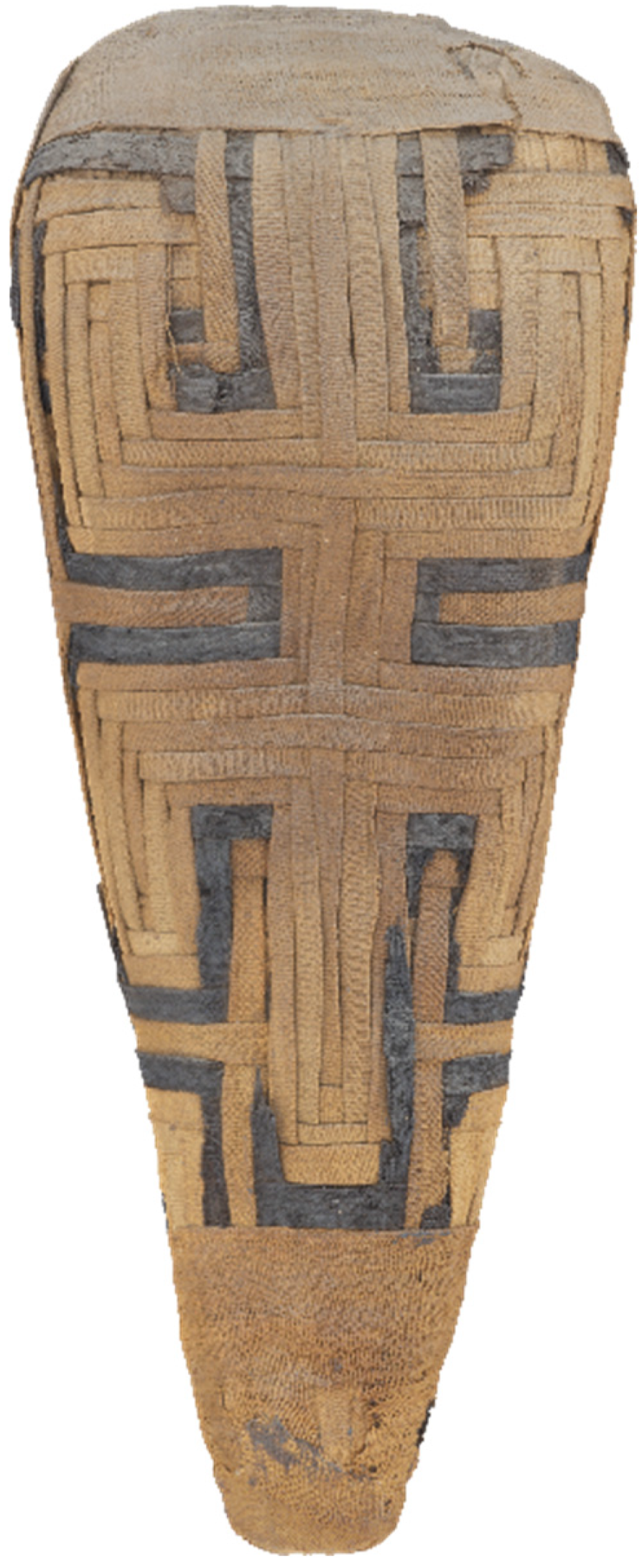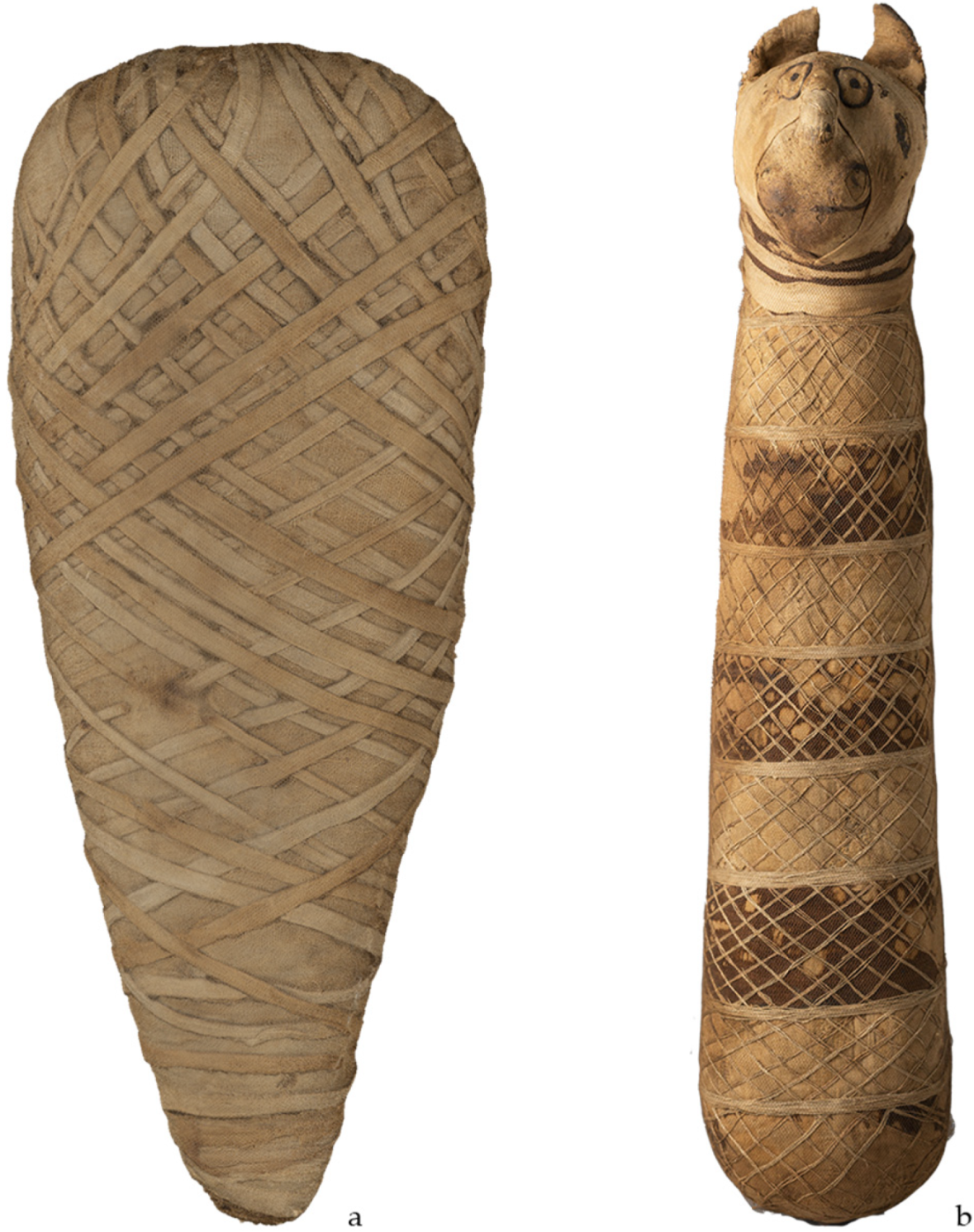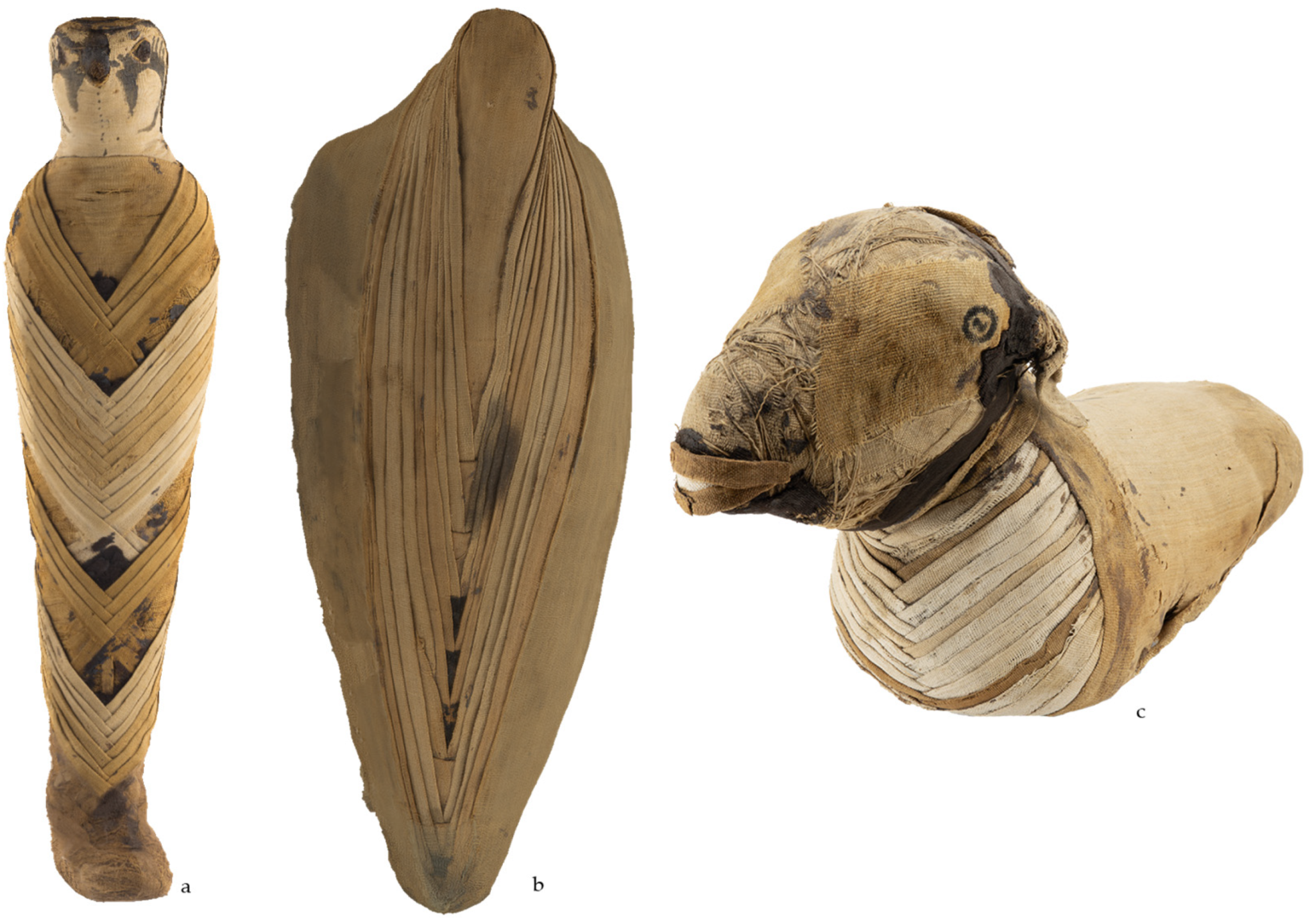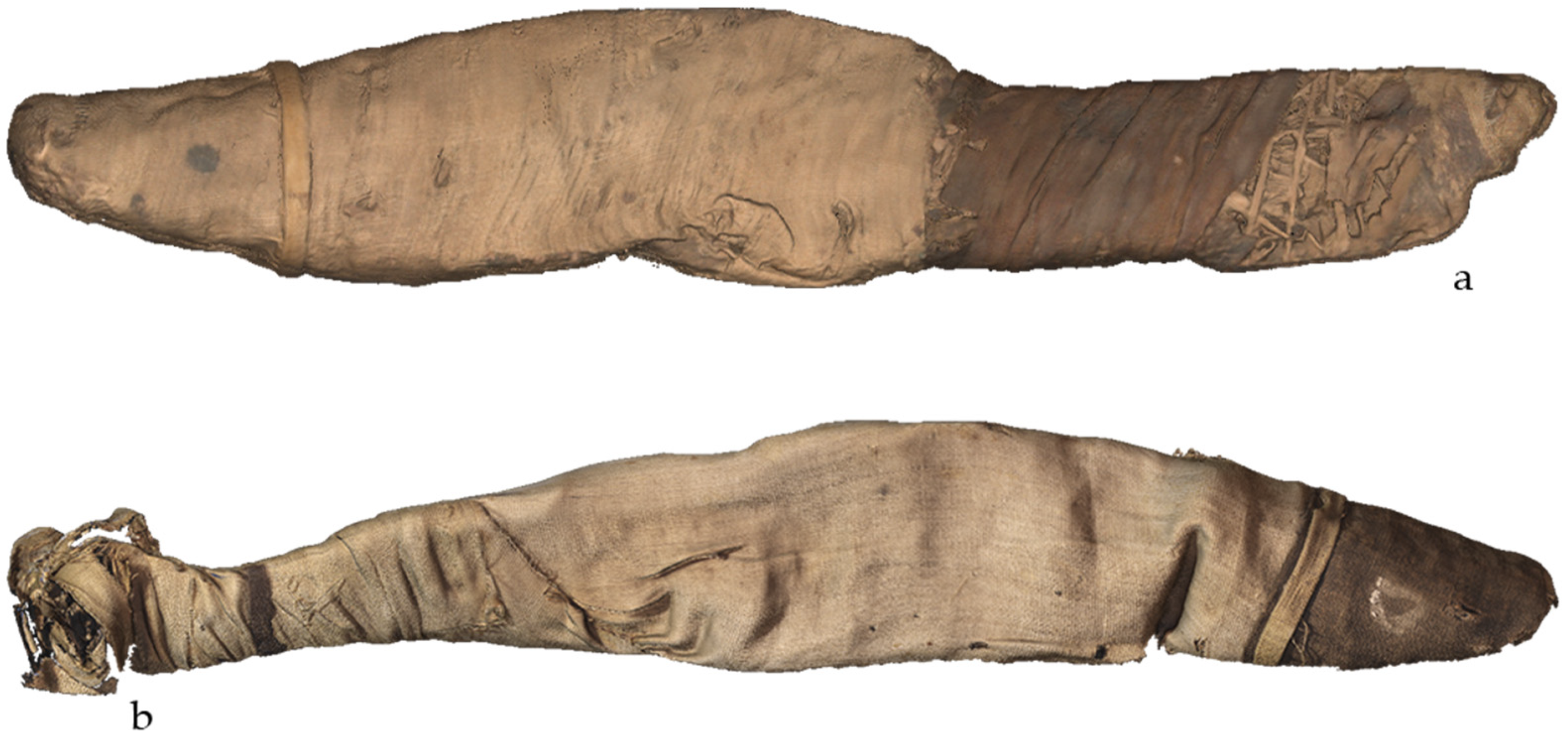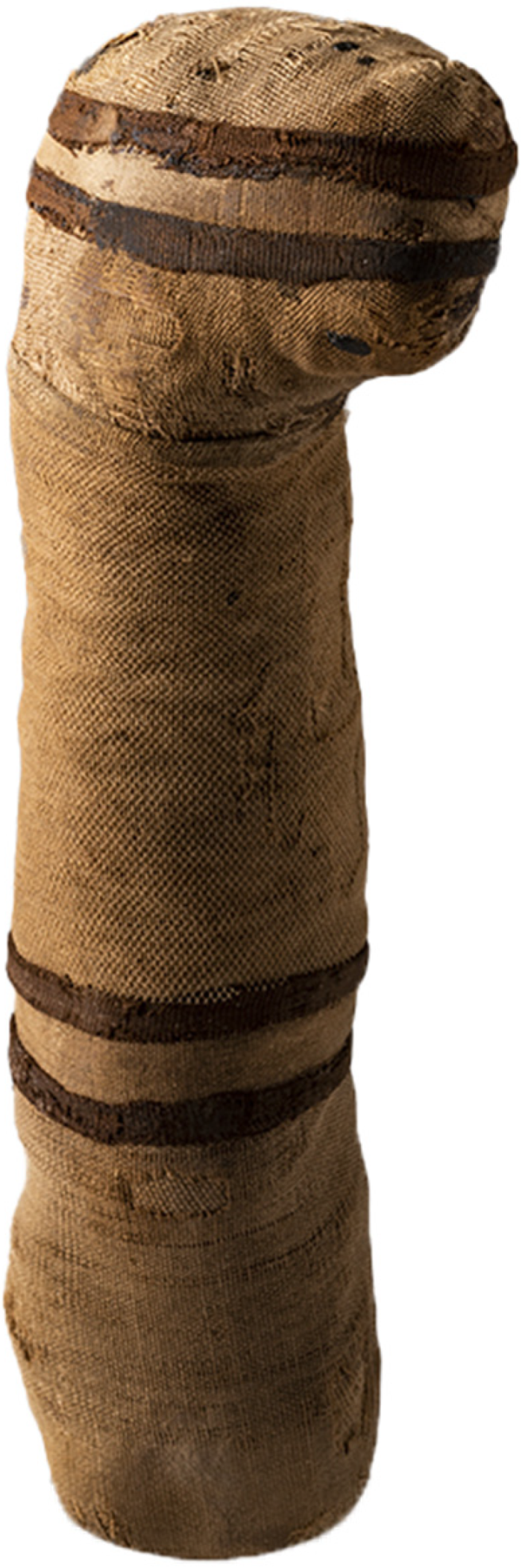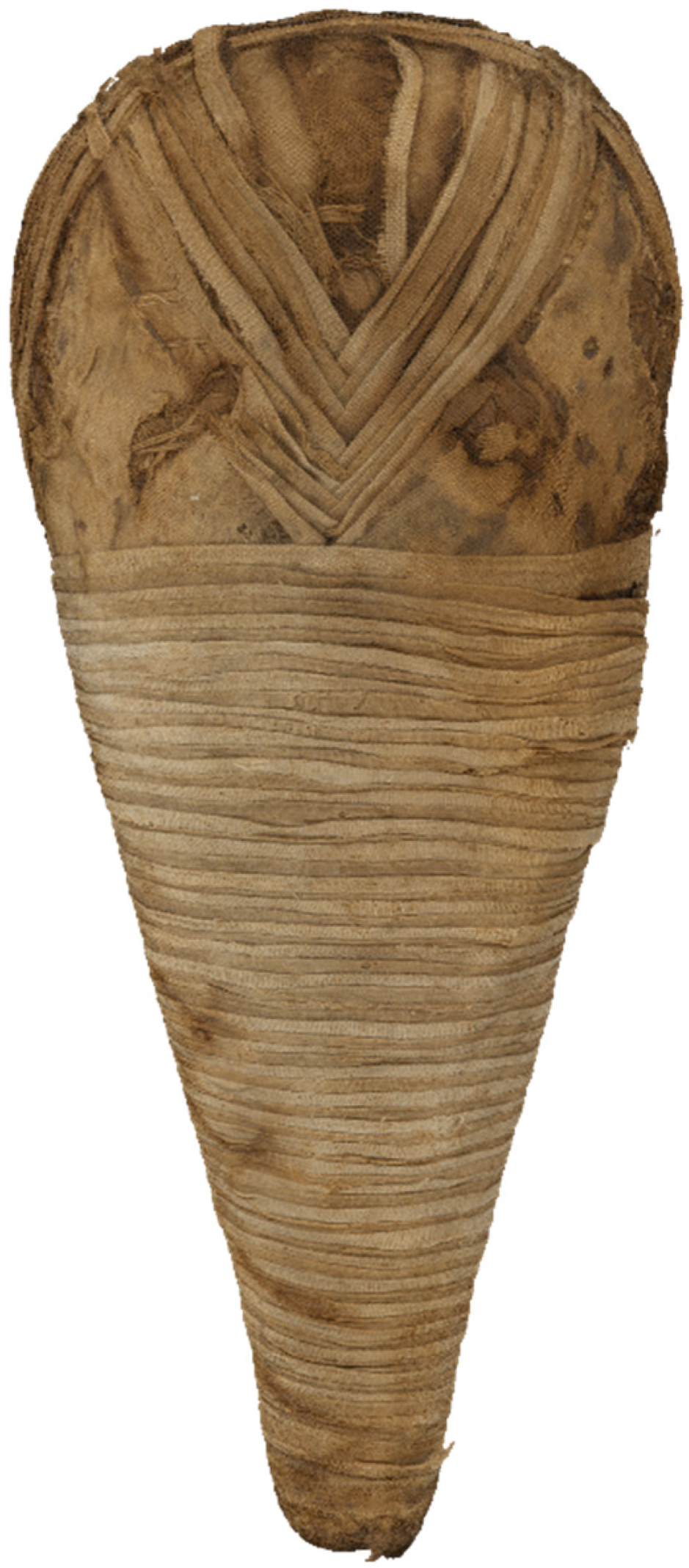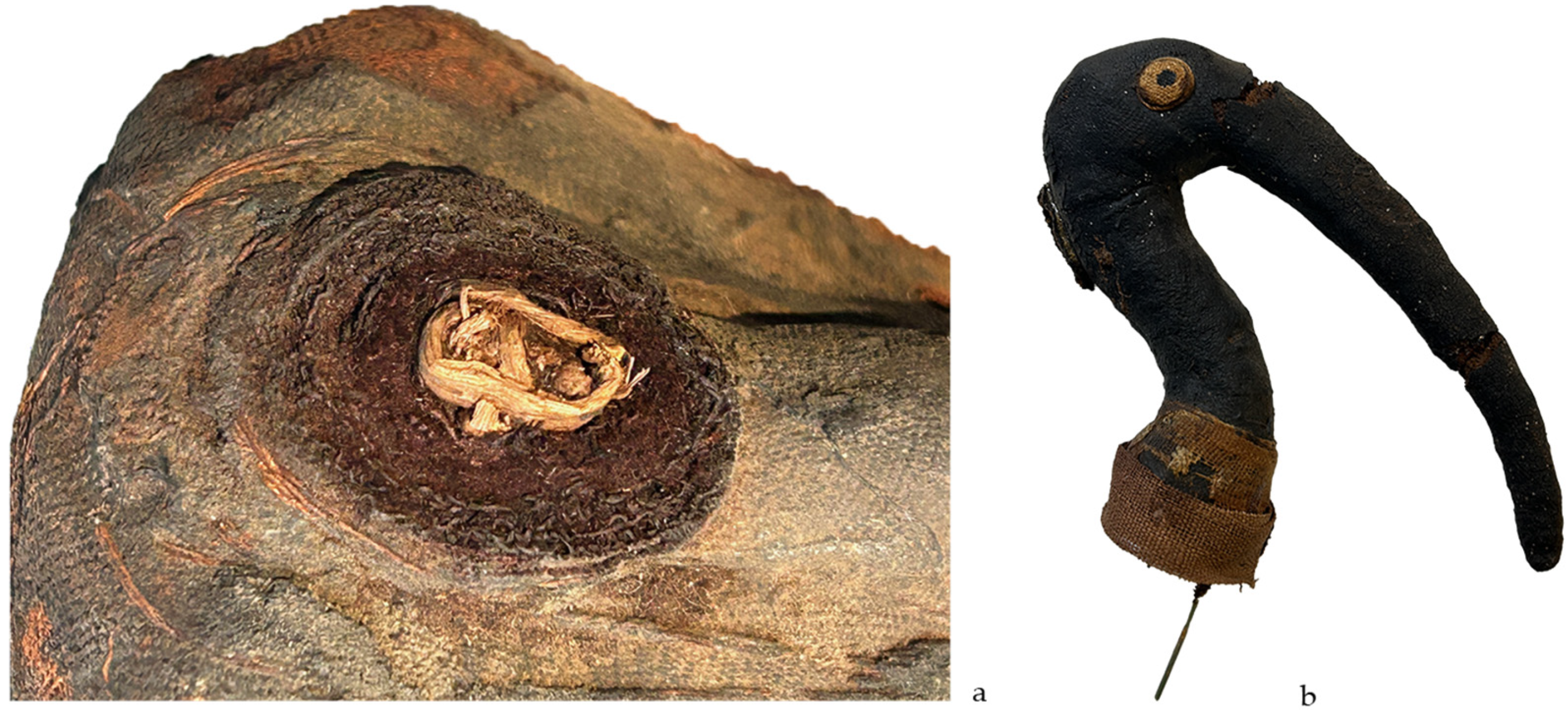Patterns are configurations resulting from the complex interplay of material, technical, and decorative choices. They embody a specific visual language that conveys aesthetic values, divine associations, and the ritual mechanics of sacred transformation.
Different geometric layouts, resulting from variations in visual rhythm, technical composition, and color contrast, have been identified. These can be broadly categorized into three levels of complexity: highly, moderately, and minimally elaborated. Within these macro-categories, patterns are classified into classes and subclasses, according to their primary technical and aesthetic features. This framework is supported by a specifically developed terminology, which is precise, accessible, and semantically flexible, to capture the richness and diversity of the decorative schemes.
The seven main classes (❖) refer to the overarching structural composition of the pattern. Each comprises a variable number of subclasses (■), which reflect structural variants that change the visual effect and enrich the main layout. These variations involve different strip arrangements and the application of one or more techniques described above. Color variants (●) within the subclasses manifest through the alternation of colored, natural, and possibly bleached strips, which further enhance the complexity and visual richness of the decorative scheme.
Highly Elaborated Patterns
Highly elaborated patterns are defined by the use of repeated modular, three-dimensional geometric designs and the extensive application of linen strips with contrasting colors and textures. These features underscore a high degree of technical abilities and visual sophistication, particularly evident in square, lozenge, and weave patterns.
❖ Square pattern
The square pattern refers to modular geometric layouts based on the repetition of square or rectangular units, depending on the dimensions and the shape of the bundle (
Figure 14). These modules are created using vertical and horizontal strips, folded along their edges to produce clean outlines. However, some particular specimens feature framing strips folded along only one edge. The frayed and unfinished sides are concealed at the center by an additional contrasting strip, neatly folded along both edges (e.g., MFAB_ Eg.Inv.6255). The end of each vertical and horizontal strip is secured at the top or neck, when a modeled head was present, and along the sides of the bundle, respectively, using dots of adhesive. Once fixed to the ground fabric, the strips are interlaced to define the overarching structural composition, which constitutes the most visually prominent component of the pattern.
Square patterns are most commonly produced using the interlacing technique. However, in more intricate examples, they may also be produced through the winding technique, or by combining both methods. Depending on the execution, the layout may range from square modules, arranged in one or more parallel rows aligned with the longitudinal axis of the mummy’s body (corresponding either to the back, as in MHM_MM 19232, or to the front side of the bundle, as in ME_C.2349/6), to a dense, continuous, and highly structured grid that can cover the entire bundle (
Figure 13).
The scale and spacing of each square, which strongly affect the symmetry and final visual effect, were likely achieved through the use of precise tools and/or techniques. This hypothesis is supported by both experimental reconstructions and morphometric analyses, which have revealed sub-millimetric variations in square dimensions and placement. Such precision suggests not only highly refined manual skills, honed through repeated practice, but also the probable use of measuring tools or a grid system, akin to those employed in Egyptian painting and sculpture to ensure consistent proportions and standard registers. This deliberate pursuit of geometric accuracy points to a clear intention toward modular logic, formal balance, and surface planning, reflecting advanced technical expertise in the design and execution of the wrapping. This is further demonstrated by the presence of diverse configurations within the square units, which for a long time have been inconsistently referred to, sometimes as coffer, meander, or herringbone pattern, while other variants have remained entirely unnamed, contributing to a misleading understanding of these decorative schemes. These design variants gave rise to multiple structural subclasses, each encompassing distinct chromatic variants. Color contrast was achieved by alternating strips in various shades of natural flax with those dyed in light or dark brown, black, or reddish hues (bright red, pink, and orange). In only one specimen, the strips are impregnated with a green resin-like substance (PMEA_ LDUCE-UC45978). Such combinations significantly contribute to the overall visual rhythm, complexity, and aesthetic appeal of the bundle.
■ The concentric square pattern is characterized by a series of nested square or rectangular units, each consisting of multiple layers of strips arranged to form progressively larger concentric squares or rectangles. This arrangement creates a stepped and raised appearance, emphasizing both surface articulation and volume, as the recessed strips generate a pronounced texture contrast.
The pattern is constructed by first placing a central vertical strip, often flat, as in MFAB_ Eg.Inv.6255, though examples like ME_P.6110 show it may also be folded along one side. In rare cases, the central strip may be replaced by a cross-shaped motif, achieved through the crossing of a vertical and a horizontal strip, each with its edges folded inward (e.g., PENN_E12443). In the most common cases, after securing the central strip, a desired number of vertical strips are subsequently fixed with dots of adhesive on either side of its upper end, alongside horizontal strips secured along one side of the bundle. The anchoring points are usually concealed with further flat fabrics that also cover the unpatterned surfaces of the bundle, such as the back, bottom, top, and, in some cases, the sides. Each strip is typically folded only along its visible edge, while the opposite side remains flat. This configuration allows the subsequent strip to rest neatly on top, improving adherence and preventing bulk or slippage. The folded edge of the new strip serves to conceal the frayed edge of the previous one, resulting in a cleaner and more refined finish. The number of these strips may vary considerably. It has been suggested that, in this pattern, the number of vertical strips always equals the number of horizontal ones [
11]. However, although symmetry is common, several examples demonstrate that the numbers do not always correspond (e.g., REM_RC-226,
Figure 14a).
The pattern is constructed by gradually moving from the vertical strips closest to the central one outward. The same logic applies to the horizontal strips: the innermost ones are placed first, followed by the outermost. Accordingly, after the arrangement of the first central strip, the two vertical ones are laid along its length, followed by a pair of horizontal strips (e.g., WM_42.18.2). This sequence is then repeated to complete the composition. Conversely, two horizontal strips may first be placed over the central vertical one, followed by a pair of vertical strips (e.g., MFAB_Eg.Inv.6200.1).
The use of differently colored strips enables a range of chromatic variations, which may also produce significantly different visual outcomes within the concentric square pattern:
Single-colored is characterized by a monochromatic scheme, created by using undyed strips. The decorative effect relies entirely on their geometric arrangement which, despite the absence of chromatic contrast, achieves a subtle degree of complexity (
Figure 15a);
Bi-colored is featured by the use of strips in contrasting shades, typically light and dark. The color contrast may be evenly distributed within each unit, alternating along the entire perimeter to create the effect of concentric squares in alternating light and dark hues (e.g., BM_EA35712), or it may be concentrated on specific sections, such as the central core and the outer frame, thus producing a chromatic contrast between innermost and outermost squares (
Figure 15b). Compared to other two-colored variants, where chromatic contrast may emphasize a specific direction (see below), this variant achieves a more uniformly modulated visual rhythm within each square and a balanced distribution of color;
Half-colored retains the geometric precision typical of concentric square patterns but introduces greater visual complexity through chromatic segmentation. Each unit is composed of linen strips in two contrasting colors, usually light and dark. The dark vertical strips are only those placed on one side of the central strip, while the dark horizontal ones are positioned either above or below the square’s center. This creates the visual effect of squares diagonally split into two contrasting colored sections along the diagonal axis. The result is a dynamic, asymmetrical visual rhythm. The arrangement of the colored halves within each square may be either consistent or alternating across the surface of the mummy. In some examples, the diagonal division is repeated with the same orientation in every square, creating a stable and orderly visual effect (e.g., MDN_56.2865 (223)). In others, the orientation of the diagonal alternates from one square to the next, generating a more dynamic and visually varied rhythm. For instance, in SAMA_2005.1.37, the orientation of the colored diagonal split alternates along the vertical axis of the mummy, producing a zigzag effect. As a result, each square appears to rotate in relation to the next, disrupting the linear regularity of the wrapping motif and introducing a sense of movement and visual variation. By contrast, in MHM_MME 1978_001, the diagonally divided squares maintain a consistent orientation within each vertical row. The square units are arranged in two parallel columns along the bundle’s body, with the color split running in the same direction throughout the sequence. This results in a more stable and symmetrical appearance, reinforcing a sense of structured order and bilateral organization. In some specimens, this chromatic contrast is further enhanced by the use of framing strips in bright hues, adding an additional level of visual articulation (
Figure 15c);
Quarter-colored introduces a subtler chromatic segmentation compared to the half-colored variant. The colored quarters are produced using darker linen strips that contrast with the naturally colored ones, or with strips dyed in vivid hues such as red (
Figure 9). The arrangement of these quarters can follow different logics: when the contrasting color is applied to only one quarter of each concentric square, its position is determined by the placement of the dark strips. If the dark quarter is located in the upper section of the square, this means that only the horizontal strips positioned above the square’s center are dyed dark brown or black (
Figure 15d). When the dark quarter occupies the lower section of the square, only the horizontal strips below its center are dark (e.g., MFAB_72.4913). If the dark quarter is placed on the right side of the central strip, then only the vertical strips to its right are dark colored (e.g., BKM_37.1984E). Conversely, when it is positioned on the left, only the vertical strips to the left of the central strip are dark (e.g., CMNH_4918-2). In some specimens, two dark quarters are present and can be arranged on opposing sides of the square to create a mirror-like configuration (e.g., ME_C.2349/5) or aligned along the vertical axis in upper and lower positions, forming an hourglass configuration (e.g., CMNH_1867-4). These arrangements produce more subtle and directional visual effects. While in some cases, the positioning of the colored sections remains consistent across the entire surface of the mummy, creating a harmonious and symmetrical rhythm, in others the careful arrangement of quarter contrast allows for a rich variety of compositional solutions and dynamic surface effects. For instance, in ME_C.2349/8 and BKM_X1179.1, the dark quarter appears in the lower part of one square and the upper part of the next, generating a diamond-like visual progression along the axis of the bundle. A combination of hourglass and diamond-like configurations is present in MET_13.186.9, where horizontal dark strips are arranged in both the upper and lower sections of each square. When the square units are arranged in rows, the placement of dark-colored quarters may remain consistent across the entire surface of the mummy, by emphasizing visual order and repetition (e.g., MFAB_72.4914). In other cases, the distribution is more elaborate, with the position of the dark quarters varying from one square to the next, thereby enhancing the complexity of the final visual effect (e.g., PENN_E12441);
Meandered has long been considered a distinct decorative pattern. However, a thorough examination, supported by experimental reconstruction, has shown that this is a variant of the concentric square pattern, as the arrangement of vertical and horizontal strips follows the same structural logic. However, the dark strips are not arranged to create the effect of concentric squares in alternating light and dark hues, nor are they placed on specific sections of the square as in the bi-colored variant, or on one or more sides of a unit to produce chromatic segmentation as in the half-colored and quarter-colored variants. Instead, they are laid alternately in horizontal and vertical positions in such a way as to generate an optical illusion of a continuous, labyrinthine path that gives rise to the characteristic meander-like appearance. Depending on the specific layout of the strips, this meander effect can unfold in either a clockwise (e.g., Louvre_N 2678 D) or anticlockwise direction (e.g., ME_S.11030). In either case, it may begin from the upper edge (e.g., ME_C.2349/2), the lower edge (
Figure 15e), or from the longer sides of the square (e.g., ME_S.11030).
Some chromatic variants of the concentric square pattern can also be combined within a single module. For instance, one half of the square may be dark-colored, while the opposite half is divided into two contrasting quarters, each in a different hue (as seen in a crocodile mummy kept at the Sharm El-Sheikh Museum of Antiquities). Alternatively, diverse chromatic variants can be applied to different units across the same mummy: some cases display squares arranged in vertical succession, one presenting a quarter-colored variant, the next a half-colored one (e.g., ME_P.1464), while other specimens show alternating units combining quarter-colored variant and bi-colored layout (e.g., MM_13861). In other examples, entire rows may be composed of quarter-colored squares adjacent to rows with single-colored units (e.g., ME_C.2350/5), whereas in other mummies, rows in quarter-colored variants alternate with rows in half-colored ones (e.g., Louvre_N 2678 C).
■ The herringbone-filled square pattern retains the geometric modularity of the square design, which frames strips forming a distinctive herringbone weave. The herringbone infill may be aligned to the left or right side of each unit, depending on the intended visual effect, thereby allowing for subtle variations in compositional balance. The design is achieved by anchoring a desired number of vertical strips with adhesive to the top or neck of the bundle, while an equal number of horizontal strips are secured along one side. Both the vertical and horizontal strips are folded only along their visible edge, while the opposite side is left flat and frayed to allow for smoother application of the subsequent strip. Unlike the concentric square pattern, this design is not built around a central strip but rather begins with the first applied vertical strip laid along the longitudinal axis of the bundle, followed by the innermost horizontal strip aligned perpendicularly to the vertical one. This sequence is then repeated to complete the composition, thereby producing a stepped appearance. The use of alternating light and dark linen strips further accentuates the visual rhythm of this variant (
Figure 16), which introduces movement and fluidity within the square structural composition.
■ The diagonal cross-filled square pattern is characterized by the use of diagonal strips that intersect to form a diagonal cross within each square unit. This infill enriches the logic of the traditional square design with a directional tension that animates the interior of each module.
The strips, which are as long as the diagonal of each square, are folded only along their visible edge to create a cleaner visual finish and to allow easier application of the next strip over the flat side. The design is often composed of overlapping light and dark linen strips over a light background, thereby enhancing the readability of the infill design (
Figure 17). While the overall layout preserves modular and structural order, the introduction of the diagonal cross adds a dynamic element that enlivens the square pattern and establishes a rhythmic sequence across the surface of the bundle.
❖
Lozenge pattern
The primary visual units in the lozenge pattern are closed rhombus-shaped modules, resembling squares rotated 45 degrees, typically referred to as diamonds. However, while this term is broadly descriptive, it lacks the technical and decorative specificity of lozenge, which is the more precise definition for this layout.
The lozenge pattern is formed by strips usually folded along both edges to produce a clean and controlled finish. Nevertheless, special cases are attested: for example, WM_56.22.152 shows strips folded along only one edge, leaving the opposite side visibly frayed, while WM_1969.112.42 features strips also folded along a single edge, with the unfinished margins concealed by groups of threads. Once folded, the strips can be interlaced, wound around the mummy, or arranged through a combination of both techniques. Depending on the chosen method, they may be secured at one end of the bundle (such as the top), then run diagonally along one side of the body, pass beneath the bottom, and rise back up along the opposite side. This creates a sequence of repeated lozenges covering the entire surface of the bundle (e.g., Louvre_E 2810). Alternatively, the lozenges may occupy only a single section of the mummy, namely the main viewing surface, which can correspond either to the front (e.g., BM_EA6754) or to the back (e.g., Louvre_N 2901 ter). In such cases, the strips run diagonally along one side of the bundle, from the upper section to the lower edge. The remaining unpatterned areas are covered with extra pieces of flat fabric (e.g., MM_TN 4295).
According to the technique used, the shape and size of the bundle, and the desired visual outcome, the modules may be slimmer, elongated lozenges with sharply acute angles (e.g., PENN_E568), broader and flatter units with a more horizontal emphasis (e.g., ME_P.1460/13), or highly symmetrical forms with balanced proportions (e.g., BM_EA6752). Within these lozenges, different inner geometric configurations could be created, resulting in various subclasses, each potentially executed with color-contrasting strips ranging from natural flax shades and bleached linen to light or dark brown, black, or even brighter hues such as red or reddish-brown.
■ The concentric lozenge pattern is composed of multiple layers of linen strips arranged progressively from the innermost to the outermost, to create a nested visual effect. This imparts a highly sculptural and refined appearance, further enhanced by the directional flow along a continuous diagonal layout. As in the square pattern, the design is typically built around a central strip, usually unfolded. However, in some cases, it may be replaced by two narrow strips, folded along both edges and diagonally crossed at the center of the module (
Figure 18). After securing one end of the central strip to the midpoint of one side of the lozenge, a desired number of additional strips are applied parallel to it and anchored to the right and left of its end. At the same time, further strips are secured to the adjacent side of the lozenge. In this way, two groups of strips are created, secured, respectively, to two adjacent sides of the lozenge. The anchoring points, usually located on the top and sides of the bundle, are later concealed with pieces of flat fabric or, when placed near the neck, covered with one or more strips wrapped spirally around it. Each strip used for the infill of the lozenge units shows the visible edge folded inward, while the opposite side remains flat. This solution provides a stable surface for the subsequent strip while concealing the frayed edge beneath, ensuring a cleaner finish. Once all the strips have been secured at one end, the construction proceeds gradually from the innermost to the outermost strips. Unlike the square pattern, where the strips are laid in pairs, in the concentric lozenge pattern the strips are interlaced individually, resulting in a slightly more complex arrangement: a first strip is placed parallel along one side of the central strip (for example, the right), followed by a second strip, belonging to the second group of strips, anchored on the adjacent side of the lozenge; then, a third strip, belonging to the first group, is applied parallel to the first one on the opposite side (for example, the left), and finally, a fourth strip, from the second group, is laid parallel to the second strip. This process is repeated systematically to complete the composition, creating a complex yet strikingly orderly structure. The use of contrasting colored strips further enriches the design, generating remarkable differences in the final appearance and giving rise to a wide range of chromatic variants:
Single-colored is made by strips in the natural hue of flax fiber. The nested motif is further accentuated by the monochrome palette, which focus the attention on the geometric articulation of the surface (e.g., CMNH_1764-4b);
Bi-colored is constructed by alternating light and dark strips distributed uniformly along the entire perimeter of each lozenge. As a result, the visual effect reveals a clear alternation of nested rhombuses in contrasting hues, enhancing depth and geometric articulation within each unit. In contrast to other chromatic variants (see below), where color segmentation may appear directional, here the uniform distribution of the bicolor scheme creates a balanced composition (
Figure 19);
Half-colored displays the bicolored contrast limited to specific sections of the geometric rhombus-shaped modules. As in other variants, light-colored strips, either naturally colored or bleached, are interlaced with dark-colored strips, ranging from light to deep brown. In this configuration, the darker strips correspond to half of the strips in both the first and second group. This arrangement produces the visual effect of lozenges diagonally split into two contrasting colored sections, aligned either along their major axis (upper–lower contrast) or minor axis (left–right contrast). The distribution of the colored sections within each lozenge may remain uniform over the entire surface of the mummy, producing a stable, symmetrical composition (e.g., MHM_MM 18400). In other cases, the orientation can alternate from one lozenge to the next, creating a dynamic variation. In these instances, the orientation of the diagonal contrast reverses systematically, so that each lozenge appears rotated by 180 degrees relative to another one. This alternation creates a dynamic sequence that imparts a rhythmic motion (BM_EA6754);
Quarter-colored is characterized by a chromatic contrast that creates a subtle asymmetry within each unit. The color emphasis is confined to one or two quarters of the lozenge, resulting in a more fine and directional visual effect. The colored quarters are made with dark strips, typically dyed brown or black, alternating with light strips. Depending on the placement of the dark strips, the position of the dark quarter within each lozenge also changes. Some specimens display only a single-colored quarter (e.g., Louvre_N 3656). In other examples, the dark strips are arranged to create two opposing dark quarters, establishing a directional logic with two dark and two light quarters facing each other in a mirror-like configuration (e.g., CMNH_4918-3). In more distinctive cases, the two opposing quarters are in different colors. In the mummy BM_EA6752, for instance, two facing quarters are naturally colored, while the other two are light and dark brown, respectively, producing a more sophisticated design.
Figure 19.
Cat mummy WM_56.22.152 patterned with a bi-colored concentric lozenge scheme (3D model: M. D. Pubblico, courtesy of National Museums Liverpool, World Museum).
Figure 19.
Cat mummy WM_56.22.152 patterned with a bi-colored concentric lozenge scheme (3D model: M. D. Pubblico, courtesy of National Museums Liverpool, World Museum).
These different chromatic variants can also appear within the same concentric lozenge unit. For instance, one half of a lozenge may be dark-colored, while the opposite half displays two quarters in contrasting shades (e.g., BM_EA6752). Other mummies may feature lozenges with diverse chromatic variants: in certain instances, quarter-colored lozenges alternate with half-colored ones (e.g., MM_6098), whereas other specimens exhibit sequences where half-colored lozenges are interspersed with entirely monochrome modules (e.g., BM_EA6754).
■ The herringbone-filled lozenge pattern consists of lozenge units that frame a herringbone infill. The linen strips used to create the herringbone infill have the visible edge folded inward, while the opposite side is left frayed to allow for secure anchoring of the following strip, preventing it from slipping. This arrangement also ensures a cleaner finish, as each strip covers the unfolded edge of the previous one. The strips can be anchored either to the bundle’s bottom (BM_EA68219) or at the top/neck (Louvre_E 2810). The decorative motif may be positioned only on the visible surface of the mummy, with the remaining sides covered by additional pieces of flat fabric (e.g., Louvre_N 2901 ter), or it may be distributed evenly over the entire surface (
Figure 20). Within each unit the strips seem to run obliquely from the two adjacent sides of the lozenge towards the opposite ones. The herringbone infill is obtained by crossing two symmetrical strips so that they meet diagonally along the major axis of the lozenge. The crossings progress in sequence, starting from the strips closest the upper vertex and moving toward those positioned further down. In this way, a stepped appearance is created, similar to that of the herringbone-filled square pattern but rotated approximately 45 degrees. The use of contrasting-colored strips gives rise to subtle variations of the motif that emphasize its directional flow:
Single-colored displays a restrained, monochromatic palette dominated by natural flax hues. However, the strips can exhibit subtle variations in the natural flax shades, ranging from pale beige to light brown, creating a delicate contrast that accentuates the geometric herringbone-filled lozenge pattern (e.g., Louvre_E 2810);
Bi-colored presents a systematic chromatic contrast, typically obtained by using light- and dark-colored strips. They may be alternated at regular intervals to create an effect of color-contrast steps or V-shapes (
Figure 20). In other instances, the herringbone infill, made entirely with light-colored strips, is refined by adding transverse dark-colored strips at the crossing points. These elements serve to highlight the focal point of the decoration along the major axis of the lozenge (MdC_90001201). In other specimens the contrast is achieved by using light-colored strips to create the herringbone infill, while dark-colored strips outline the lozenges (MHM_MM 18403);
Half-colored is characterized by the combination of dark-colored strips running exclusively from one side of the lozenge, while the strips on the opposite side are in light shade. The crossing of light and dark strips along the central axis of the lozenge emphasizes the broken effect of the herringbone infill. The overall visual impression is that of a half-light- and half-dark-colored lozenge (Louvre_N 2901 ter). This directional use of contrasting colors reinforces the dynamic rhythm of the composition and guides the attention along the diagonal axis of each lozenge unit.
Figure 20.
Cat mummy OSA_903 showing a herringbone-filled lozenge pattern (3D model: M. D. Pubblico, courtesy of Museum of the Società Africana d’Italia of the University Museum System of University of Naples L’Orientale).
Figure 20.
Cat mummy OSA_903 showing a herringbone-filled lozenge pattern (3D model: M. D. Pubblico, courtesy of Museum of the Società Africana d’Italia of the University Museum System of University of Naples L’Orientale).
❖
Weave pattern
The weave pattern is a broad, umbrella term that encompasses a variety of decorative schemes partially inspired by traditional weaving and basketry structures. Previously referred to as checkerboard, basket, or meander patterns, these designs could be executed using interlacing, winding, or a combination of both techniques. Depending on the method used, the intended motif could either cover the entire surface of the bundle (
Figure 6c) or only its body, starting at the neck, when a modeled head is present, and terminating at the bottom (e.g., Louvre_N 3505). In other instances, the pattern is limited to the front side of the mummy, running from the top/neck to the bottom, while the unpatterned surfaces are covered with additional pieces of fabric (
Figure 21).
Patterns falling into this category are constructed by placing under gentle tension a series of evenly spaced strips, often folded on either side. The vertically arranged strips act as the warp elements on a loom (i.e., passive system 1), while the horizontally placed ones pass alternately over and under them, serving as the weft elements (i.e., active system 2). A number of subclasses fall under this pattern category, each of which can be described using the formula \…/…\\…, which indicates how one weft strip passes under and over a given number of warp ones, followed by the shift applied in the next row. While weaving typically focuses exclusively on the active system, in wrapping patterns both systems can significantly influence the resulting design, as is the case in plaited basketry techniques. As a result, a full description of both systems becomes necessary. Accordingly, the formulas used to describe the variants below are preceded by the designation S1 or S2, depending on the system referenced. In each subclass, the alternation of strips in contrasting colors, typically light and dark, although additional shades may also be present, gives rise to different color variants.
■ The tabby pattern is the plain weave pattern, in which each weft strip alternately passes under one warp and over the next. In this configuration, the number of shifts equals the number of crossed strips (e.g., \1/1\\1), resulting in a balanced and uniform grid. Three color variants have been distinguished:
Single-colored, creating the visual impression of a simple basket weave structure. The specimen Louvre_N 3505 is a fitting example of this variant, though it presents a subtle structural feature, as it shows paired strips in S1 and a single strip in S2;
Bi-colored, typically made by alternating natural and dark strips, producing a striking visual effect of diagonal checks across the surface, much like a checkerboard pattern produced on a loom (
Figure 22);
Polychrome, in which wefts in two alternating colors pass through warps of a single color (e.g., BM_EA49734). In other instances, the opposite occurs, with warps in two colors interlaced with wefts of a single color (e.g., PAHMA_6-211634).
■ The twill pattern is a more elaborate weave pattern, characterized by multiple active weft strips that pass over and under several passive warp ones. The distinctive staggered effect is achieved by progressively shifting the binding points in each subsequent row. Unlike the tabby weave pattern, in the twill weave pattern the shift is smaller than the number of active and passive strips, resulting in a diagonal appearance (e.g., \2/2\\1) [
25]. This structure allows for the creation of numerous twill variants (irregular twill weave patterns), each resulting in a distinct design achieved by changing in the number of strips passed over and under in alternating or modulating sequences, varying the shifts between rows, or a combination of the two. No monochrome variants have been attested so far, while bi-colored and polychrome specimens are well represented:
Polychrome is created by alternating strips in various natural flax hues or bleached linen with dark brown strips to produce different designs. A notable example is the V-shaped motif on ME_C.2349/1, which displays an irregular \3/1\\1 twill pattern repeated three times, following the scheme below:
S1: \3/1\\1
S2: \1/5\1\\1
/1\1/3\1/1\\1
/2\1/1\1/2\\1
/3\1/3
Figure 23.
Bi-colored twill weave pattern on the hawk mummy BKM_13.1092 (3D model and artwork: M. D. Pubblico, courtesy of Brooklyn Museum).
Figure 23.
Bi-colored twill weave pattern on the hawk mummy BKM_13.1092 (3D model and artwork: M. D. Pubblico, courtesy of Brooklyn Museum).
Figure 24.
Bi-colored irregular twill weave pattern on the ibis mummy BKM_14.655a (3D model: M. D. Pubblico, courtesy of Brooklyn Museum).
Figure 24.
Bi-colored irregular twill weave pattern on the ibis mummy BKM_14.655a (3D model: M. D. Pubblico, courtesy of Brooklyn Museum).
Moderately Elaborated Patterns
Moderately elaborated patterns are characterized by decorative schemes with limited color contrast, where the three-dimensionality is less pronounced than in highly elaborated patterns. This macro-category encompasses the openwork and herringbone patterns.
❖
Openwork Pattern
The openwork pattern refers to designs in which strips or groups of threads are arranged to leave open intervals between them, resulting in a mesh-like appearance. Unlike the other patterns discussed so far, the regular crossing of strips produces a repetitive and interconnected structure, where no single closed unit dominates. Instead, the pattern is perceived as a continuous structural system with visible gaps between the strips, rather than isolated or individual forms. The definition openwork patterns aptly captures the overall openness of the composition, whether tightly or loosely constructed, avoiding the ambiguity of previously used terms such as net-pattern, which may evoke flexible textile techniques, and or lattice pattern, typically associated with rigid, modular geometric grids. The design can be achieved through either winding or interlacing techniques, or a combination of both, and may cover the entire surface of the bundle or only the front side, extending from the top or neck, down to the bottom. In such cases, the unpatterned sections are usually covered with additional flat fabric. The strips used in this pattern remain fully exposed and therefore both edges are folded inward to ensure a clean finish. These strips or threads, grouped together to function as strips, may follow two main directional logics: orthogonal and diagonal. These arrangements result in either diagonal crisscrossing grid-like patterns or orthogonal frameworks with rectangular or square voids, allowing for considerable variability in technical execution and visual effect, to which the use of differently colored strips or thread groups, as well as the background fabric, further contributes.
■ The orthogonal openwork pattern combines vertical and horizontal elements intersecting at nearly right angles. Vertical strips or groups of threads run along the longitudinal axis of the bundle (from top to bottom), while horizontal ones, laid at regular intervals, cross perpendicularly over the verticals. The resulting gaps are rectangular or square in shape and evenly distributed across the patterned surface, creating a clear grid-like appearance. The overall effect is that of a stable, orderly surface, where the repeated intersections highlight structural coherence and visual discipline. This pattern can be executed in two different chromatic variants:
Single-colored, characterized with light strips or groups of threads, which emphasize the structural coherence of the pattern (e.g., Louvre_E 2803);
Bi-colored, which employs naturally colored strips intersected with bright or dark ones. This chromatic contrast introduces dynamism to the composition and enhances the geometric design (
Figure 25).
■ The diagonal openwork pattern features strips crisscrossed at oblique angles. In some cases, the diagonal strips are broadly spaced, leaving the underlying textile partially visible. This layout produces a symmetrical mesh across the body, resulting in an overall impression of lightness (e.g., EMC_CG 29.700). In other instances, the intersecting strips generate a continuous decorative surface with small, tightly packed voids (e.g., BKM_37.2042.18E). The resulting visual density is achieved through tighter strips spacing, strong color contrasts, or the use of underlays. In this context, color variations become even more crucial in defining the overall visual impact of the decorative design, which may appear as:
Single-colored, achieved by using strips in the same shade as the background fabric, typically the natural hue of flax fiber, resulting in a subtle raised appearance and an overall impression of visual uniformity (
Figure 26a);
Polychrome, characterized by strips in one or more contrasting colors crossing over a dark or natural-colored ground. The interplay of different colors enhances the legibility and dynamism of the resulting geometric structure (e.g., BM_EA6756);
Multizonal, which features horizontal sections clearly divided across the body of the bundle, each presenting a diagonal openwork pattern constructed exclusively using groups of threads rather than strips. The registers, each set against a background fabric in contrasting colors, typically light and dark brown, are separated by additional transverse groups of threads (
Figure 26b). In more elaborate examples, vertical divisions may also appear, segmenting the surface into defined squares (e.g., Louvre_E 13405).
❖
Herringbone pattern
The herringbone pattern is a zigzag design formed by strips arranged in a staggered, broken alignment. Rather than continuing in a single, unbroken layout, as in the chevron pattern, each strip is slightly offset from the adjacent one. This creates a distinctive stepped effect, where the elements meet along a central vertical axis, which evokes the skeletal structure of a herring fish. Despite the interruption in alignment, this design produces a textured, interlocking appearance that enhances the surface’s visual depth. The strips used to create the herringbone pattern are typically folded along one edge, while the unfolded edge allows for greater grip by the following strip, which in turn conceals the frayed edge of the previous one, resulting in a cleaner visual finish. The strips are usually wound around the bundle’s body, running either from back to front or vice versa (
Figure 27a,b). The two ends of the same strip meet along the central vertical axis of the mummy, where they are arranged one beneath the other to produce the characteristic staggered layout. Each strip is secured at this joining point using small dots of adhesive. However, in some examples, the strips are not wound around the bundle but are instead laid directly onto its outer surface. In these cases, the motif is created by diagonally positioning two separate strips so that one end of each crosses beneath the other at the center of the bundle, thereby forming the typical offset design (
Figure 27c). In both configurations, the pattern may cover the entire surface of the mummy (e.g., ISAC_E9237), or be limited to a single section, commonly framed by additional pieces of flat fabric (e.g., YPM_ANT006924.001). The already articulated pattern can be further enriched by the presence of additional decorative elements, which allows for the identification of variants within the herringbone class.
■ The herringbone pattern with figural textile appliqués typically bears, at the center of the bundle, a representation of the deity to whom the mummy was likely dedicated. The deities, both male and female, are depicted in human (e.g., PMEA_LDUCE-UC30690), animal (see below), or hybrid form (
Figure 28). The deity could be shown standing or seated on a throne. Particular attention is given to the rendering of their arms, attributes, and garments. Each individual element forming the figure was modeled separately, using multiple layers of textile shaped into the desired form and encased within an outer fabric secured on the underside. Further details in the depiction of garments or anatomy were often achieved using contrasting-colored textiles, groups of different colored threads or dark adhesive compounds. Once each component was completed, the image was assembled directly onto the mummy, where the herringbone pattern, as well as the plain pattern (see below), served as a stable base for securing the appliqués [
14]. From a technical perspective, the slightly raised surface of these designs provided a reliable support for such decorative elements, while aesthetically, their restrained appearance allowed the divine figures to stand out more prominently.
The herringbone design could also be enhanced through the use of bright, dark-colored, or potentially bleached linen strips, creating different chromatic variants:
Single-colored is characterized by the use of linen strips in a single, uniform, typically light hue. The monochromatic palette allows the staggered zigzag layout to emerge subtly, drawing attention to the refined geometry of the decorative pattern (
Figure 29a);
Bi-colored is featured by the alternation of two contrasting colors to enhance the visual rhythm of the staggered layout. However, in some cases, the darker strips do not follow a strict alternating sequence; instead, they recur at regular intervals, approximately every three light strips, thereby forming a repeating chromatic module (
Figure 29b). In other instances, a single-colored scheme may be interrupted by the strategic placement of transverse dark-colored insets at the joining points of the strips, thereby creating triangular shapes along the central pleats (
Figure 27b);
Polychrome may be created with natural, dark brown, and possibly bleached linen strips. These may alternate sequentially (e.g., BM_EA6743) or be arranged in recurring chromatic sequences that create modular visual units (
Figure 27a). In doing so, the aesthetic refinement of the herringbone configuration is enhanced while its structural logic remains intact.
Figure 28.
Ibis mummy MM_11501 showing a herringbone pattern with a figural textile representing Thoth (3D model: C. Rindi Nuzzolo, courtesy of Manchester Museum, The University of Manchester).
Figure 28.
Ibis mummy MM_11501 showing a herringbone pattern with a figural textile representing Thoth (3D model: C. Rindi Nuzzolo, courtesy of Manchester Museum, The University of Manchester).
Figure 29.
(a) Ibis mummy BKM_37.2042.7E (3D model: M. D. Pubblico, courtesy of Brooklyn Museum) and (b) cat mummy MFAB_2002.605 (3D model: M. D. Pubblico, © 2024 Museum of Fine Arts, Boston) showing single- and bi-colored herringbone patterns, respectively.
Figure 29.
(a) Ibis mummy BKM_37.2042.7E (3D model: M. D. Pubblico, courtesy of Brooklyn Museum) and (b) cat mummy MFAB_2002.605 (3D model: M. D. Pubblico, © 2024 Museum of Fine Arts, Boston) showing single- and bi-colored herringbone patterns, respectively.
Minimally Elaborated Patterns
Minimally elaborated patterns are defined by simple and continuous arrangements that lack structured geometric frameworks. Rather than relying on intricate decorative structures, their visual appeal lies in a clear and steady rhythm that maintains a degree of compactness, texture, and visual clarity. In some cases, iconographic elements may be added to enhance the overall aesthetic effect. This macro-category comprises the spiral and plain patterns.
❖
Spiral pattern
The spiral pattern consists of linen strips wound in a continuous, circular manner along the bundle’s body. While this design does not form geometric decorative modules, the repetitive spiral rhythm of the strips creates a low-level visual structure that justifies its classification as a threshold group between moderately and minimally elaborated patterns. This pattern is typically produced by winding a continuous strip, or a set of strips joined by tucking the ends beneath the previous layers to form a longer uninterrupted strip (
Figure 30). Commonly, only one edge of the strip is folded to create a neat finish, while the other is left unfolded, as it is concealed beneath the next layer. It also serves as a stable support surface, thereby preventing slippage as the wrapping progresses in a spiral fashion. Unlike a double-folded strip, which would result in greater bulk and reduced adhesion, this single-edge fold allows for precise modulation of tension during wrapping, particularly across curved or tapered anatomical sections, while preserving a continuous visual flow. Along the body surface, the strips run longitudinally, from the top/neck down to the bottom of the mummy, covering its entire length. However, this design can also be used in combination with others, both to secure the strips used in constructing the main pattern and to decorate specific areas of the mummy, such as the neck, tail, paws, bottom, or feet. In both cases, the arrangement of the strips may be tight and/or looser, creating different visual effects, yet always grounded in disciplined repetition. Other than this structural variation, this pattern does not encompass any subclasses, although color variants are attested:
Single-colored is created using strips in the natural hue of flax. In such cases, the aesthetic appeal does not rely on the monochromatic palette but rather on other details, such as somatic features (e.g., WM_1976.159.269);
Bi-colored is characterized by the winding of strips in contrasting colors, typically light and dark, around the bundle in a continuous spiral. This arrangement generates a strong chromatic contrast that enhances the overall visual appeal of the bundle (
Figure 30).
Figure 30.
Cat mummy OSA_901 patterned with a bi-colored spiral pattern (3D model: M. D. Pubblico, courtesy of Museum of the Società Africana d’Italia of the University Museum System of University of Naples L’Orientale).
Figure 30.
Cat mummy OSA_901 patterned with a bi-colored spiral pattern (3D model: M. D. Pubblico, courtesy of Museum of the Società Africana d’Italia of the University Museum System of University of Naples L’Orientale).
❖
Plain pattern
The plain pattern is typically composed of one continuous or multiple relatively large and pieces of flat fabric. They are often incorrectly referred to as shrouds. However, it is important to distinguish these textile elements from funerary shrouds typically used to wrap human corpses, especially during the Roman Period. Although often irregular or not fully preserved, these flat fabrics retain a degree of functional integrity and can be recognized as discrete units, with slight color variations depending on the flax fibers used and their state of preservation. They may envelop the entire surface of the bundle, either from front to back (e.g., CMNH_4918-1) or back to front (e.g., AMUM_1994.4.27), winding the body along its horizontal axis. Alternatively, they may cover only part of the bundle, usually from the neck to the bottom when a modeled head is present. Pieces of flat fabric can also be used to cover specific sections left unpatterned (Louvre_N 2886 C). In either configuration, the fabric conforms tightly to the shape of the bundle, producing a smooth, unlayered surface. As such, the plain pattern represents a liminal category within the decorative treatment of the external surface of votive animal mummies, as it does not exhibit decorative repetition, symmetry, or structured modular schemes. Nevertheless, this design still operates within a visual logic based on aesthetic and symbolic emphasis. Indeed, despite its apparent simplicity, the plain pattern demonstrates subtle visual attention to detail, such as inward-folded fabric edges to ensure a clean finish. It often includes decorative elements that may take the form of motifs painted directly onto the fabric surface, figural textile appliqués, or contrasting colored pieces or strips of linen, which confer a raised appearance to the pattern and define different subclasses.
■ The plain pattern with figural textile appliqués features, at the center of the bundle’s body, a divine figure. As in the case of the herringbone pattern, these deities may appear in human (see above), animal (e.g., DUROM_1971.122), or hybrid aspect (e.g., EMC_CG 29693), or be evoked through their characteristic symbols (e.g., BKM_14.652). The gods may be shown standing, perched on a pole, seated on a throne, or placed within a shrine. The construction of these figures demonstrates that even when the underlying wrapping pattern was relatively plain, the addition of such three-dimensional images significantly enhanced the visual appeal and symbolic richness of the design.
■ The plain pattern with color-contrast textiles presents a single continuous flat fabric covering the body, while smaller contrasting cloths are placed at the tail or head (
Figure 31).
■ The plain pattern with color-contrast strips display a uniform, continuous light-colored flat fabric as a background, whose visual consistency is subtly disrupted by the introduction of carefully placed chromatic accents. These may consist of brightly or darkly colored strips wound around the neck or tail (e.g., MHM_MME 1977_004); paired strips applied transversely across the top or body of the mummy (
Figure 32); or diagonally crossed strips positioned along the back of the bundle (e.g., Louvre_E 5832).
■ The plain pattern with painted surface displays elaborate decoration painted directly onto the continuous flat fabric. This may include detailed representations of deities, as in the case of MET_90.6.109, or more symbolic elements, such as the bead-net motif on the cat mummy SAMA_91.80.206, which is traditionally associated with the protection and sacralization of the mummy [
26].
The seven main pattern classes discussed above could be combined across the same mummy. In some cases, they were integrated with other decorative modules to refine and complete the overall scheme. For instance, the spiral pattern was often employed to cover the anchoring points of the strips that started from the neck. The strips wound spirally around the neck concealed the dots of adhesive used to secure the strips composing the main pattern, further stabilizing them, creating a cleaner and more uniform finish, and additionally decorating the neck, sometimes using contrasting color to achieve a more striking visual effect (
Figure 15e). The spiral pattern could also be applied to cover specific areas of the mummy’s body, such as the bottom (BKM_37.1382E), the tails (MM_13861), or the paws (Louvre_E 2814). In contrast, the plain pattern is present on many specimens to cover unpatterned areas and concurrently to further secure the strips forming the main decorative design (e.g., EMC_CG 29694). In other specimens, the use of different patterns may have served both functional and aesthetic purposes. This is the case of OSA_903 (
Figure 20) and BM_EA68219. Both display a herringbone-filled lozenge pattern across the body, while the bottom of the former and the top of the latter are decorated with a concentric square pattern. This similarity could be likely intended to highlight specific sections of the bundle, thereby suggesting a shared stylistic trend associated with a specific workshop. Alternatively, this feature could be related to the pattern construction, as suggested by the fact that in the first case, the main decorative scheme begins at the neck and the concentric square pattern is placed at the bottom, while in the second, the arrangement is reversed: the construction of the lozenge pattern starts at the bottom of the bundle, thus the concentric square motif is located at its top. This suggests that the concentric square pattern may have served a functional role in the arrangement of the herringbone-filled lozenge pattern. Similarly, BKM_37.2042.34E combines two different wrapping patterns: it is wrapped along the body with a spiral pattern, while the upper section is decorated with a herringbone pattern (
Figure 33). In contrast, the ibis mummy EMC_CG 29696 is decorated along the visible surface with a characteristic herringbone pattern extending almost to the tip of the beak, where the strips are masterfully interlaced to create a concentric lozenge unit. An even more complex solution is displayed by Louvre_E 2811, which alternates a bi-colored concentric lozenge pattern on the mid-body and head, a bi-colored concentric square pattern on the upper and lower parts of the body, and a weave pattern around the neck. These sophisticated combinations of patterns, structural and chromatic variants reveal an astonishing repertoire of technical and decorative solutions, which merge technical precision, creativity, and symbolism.
